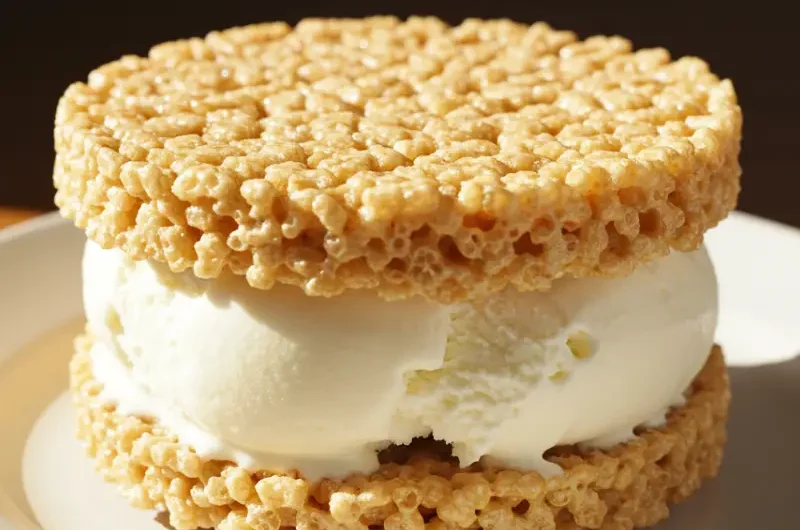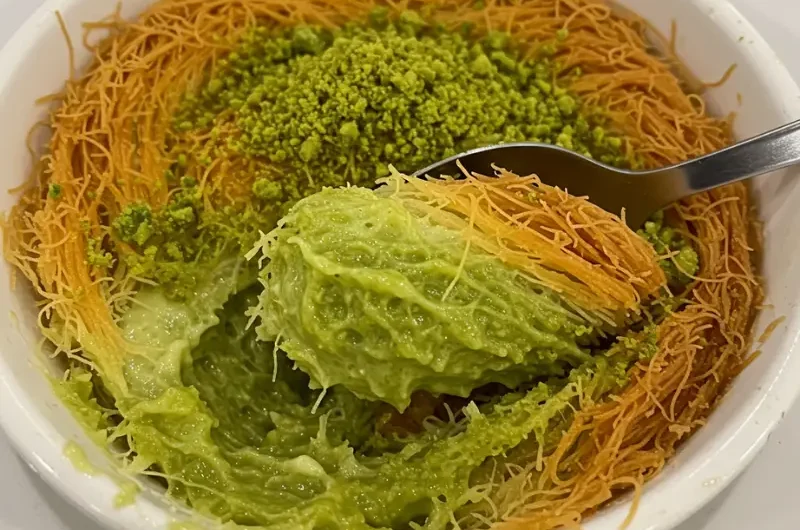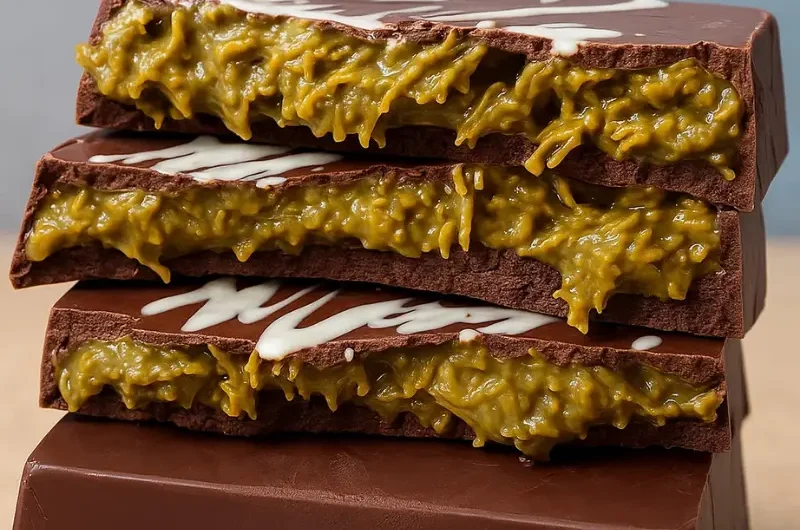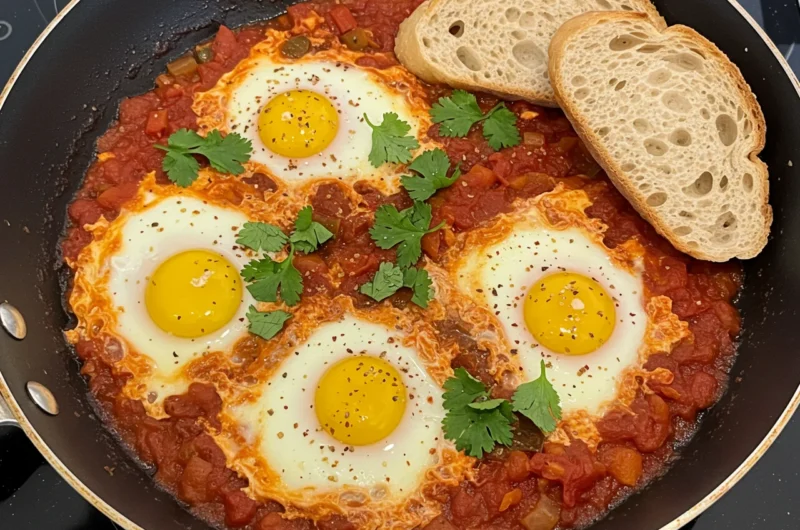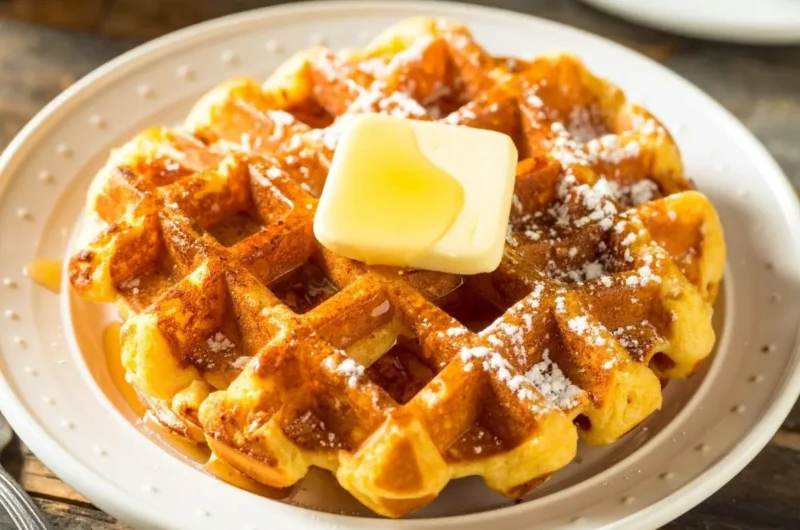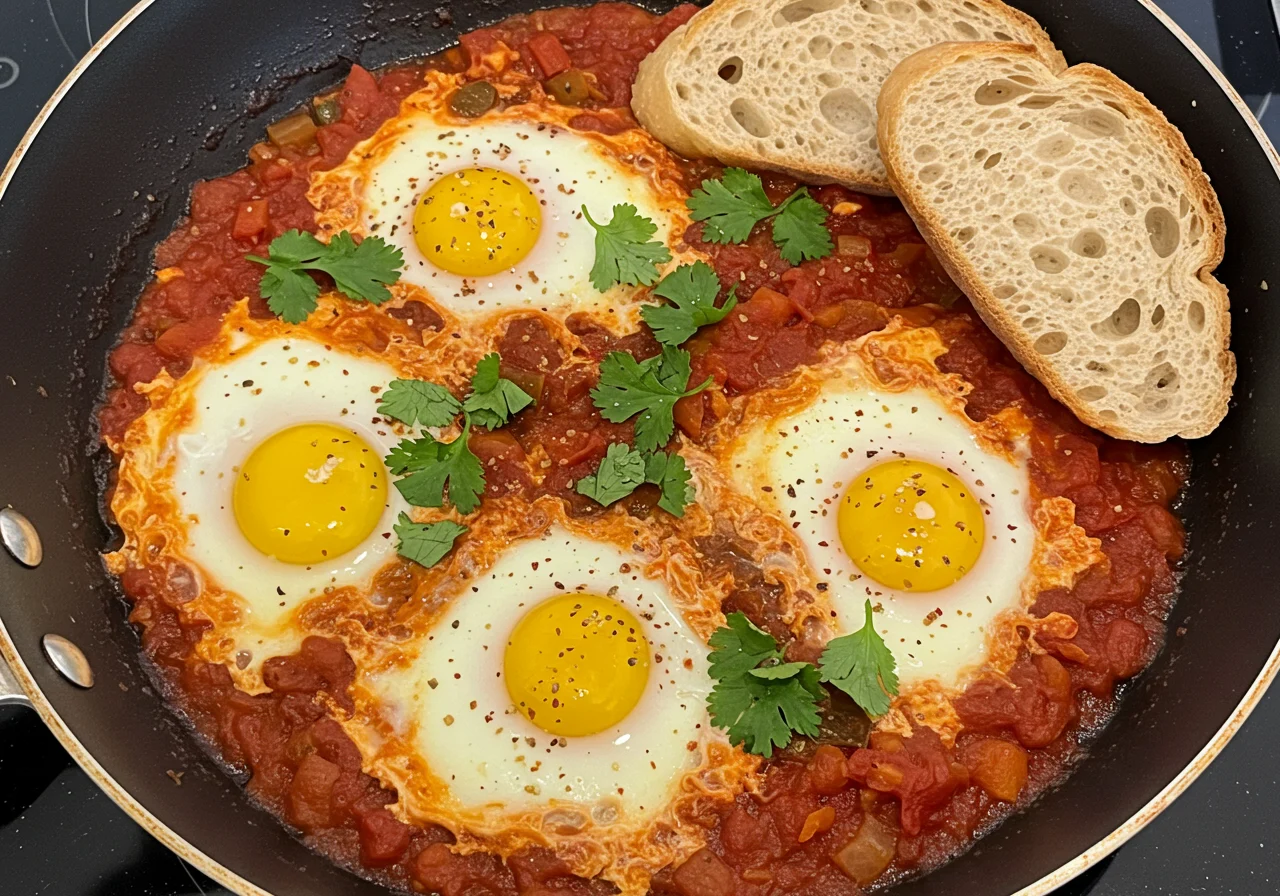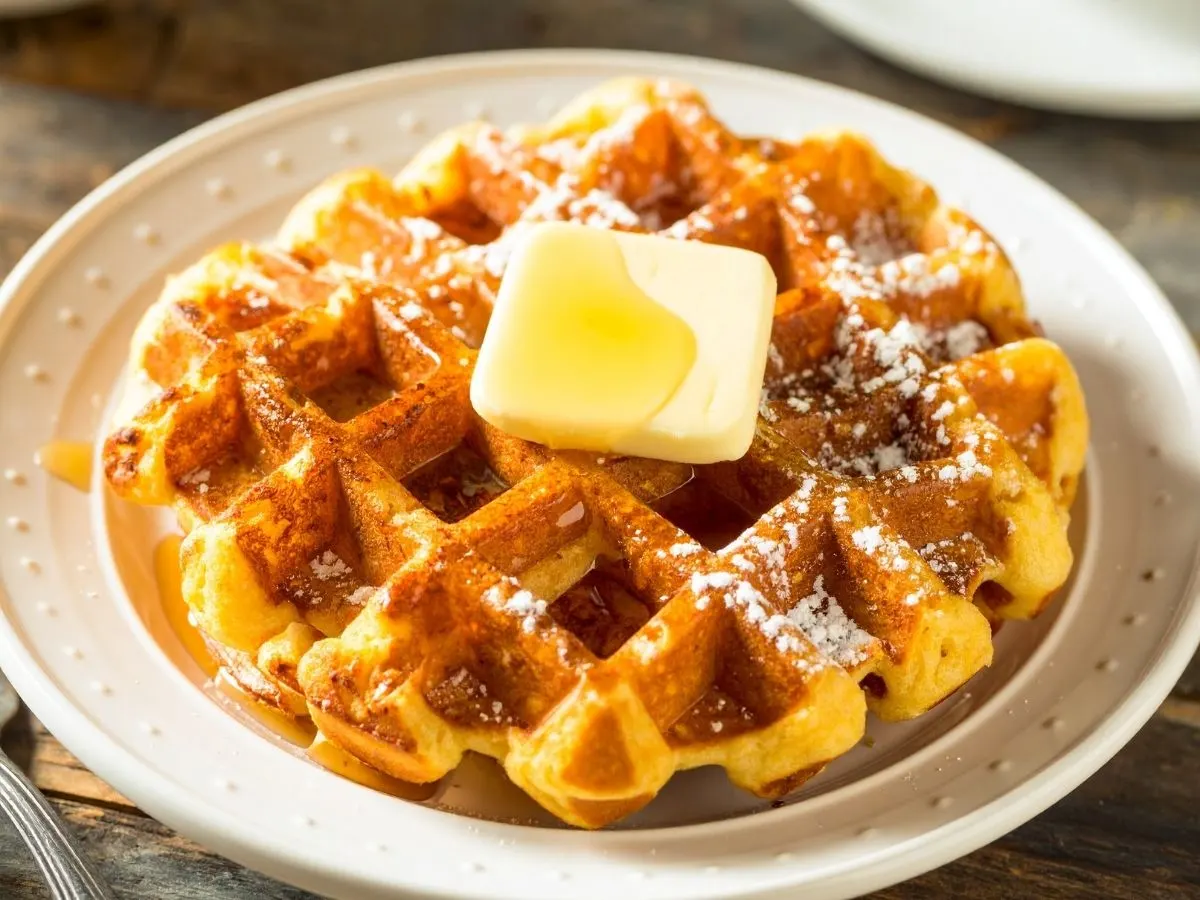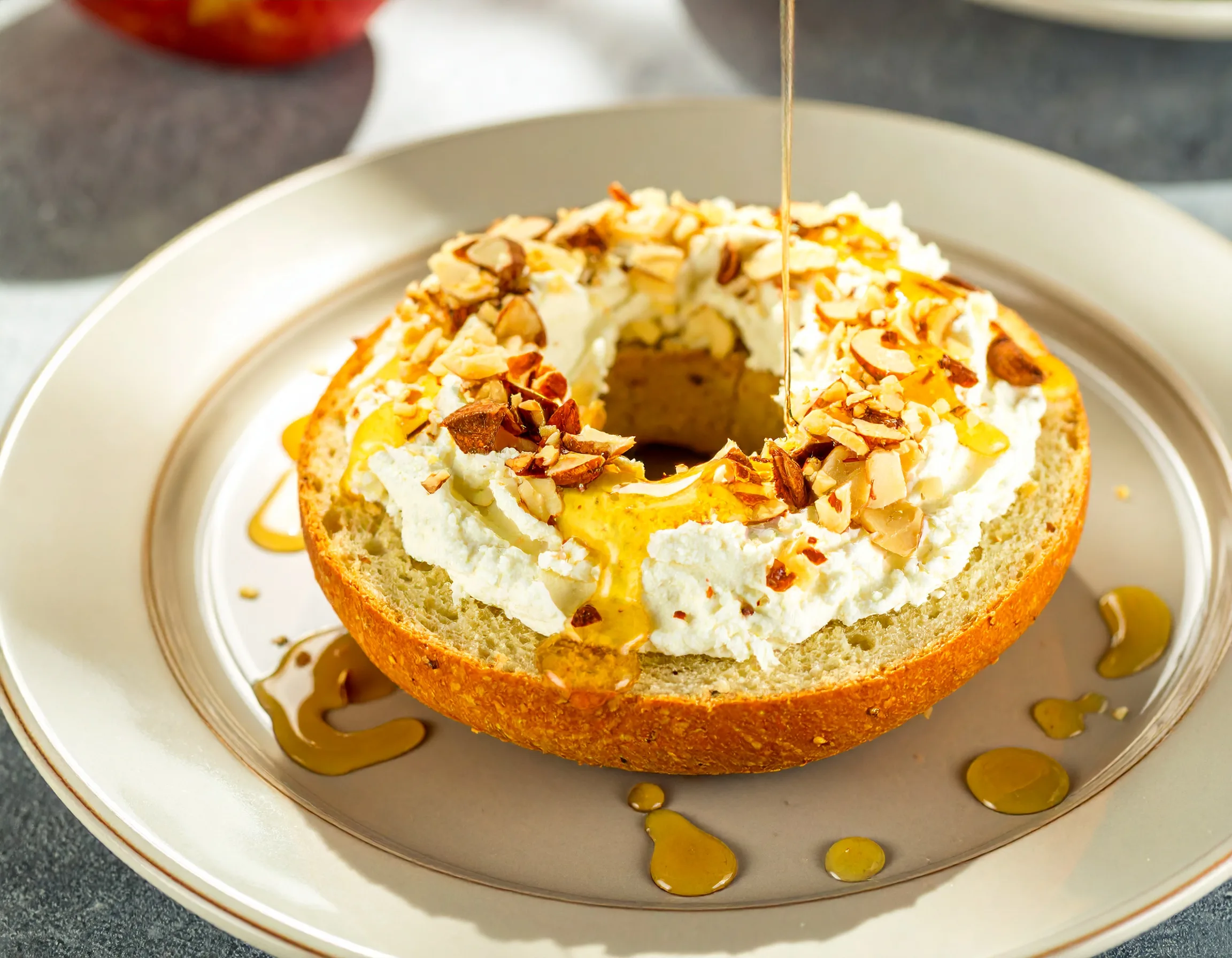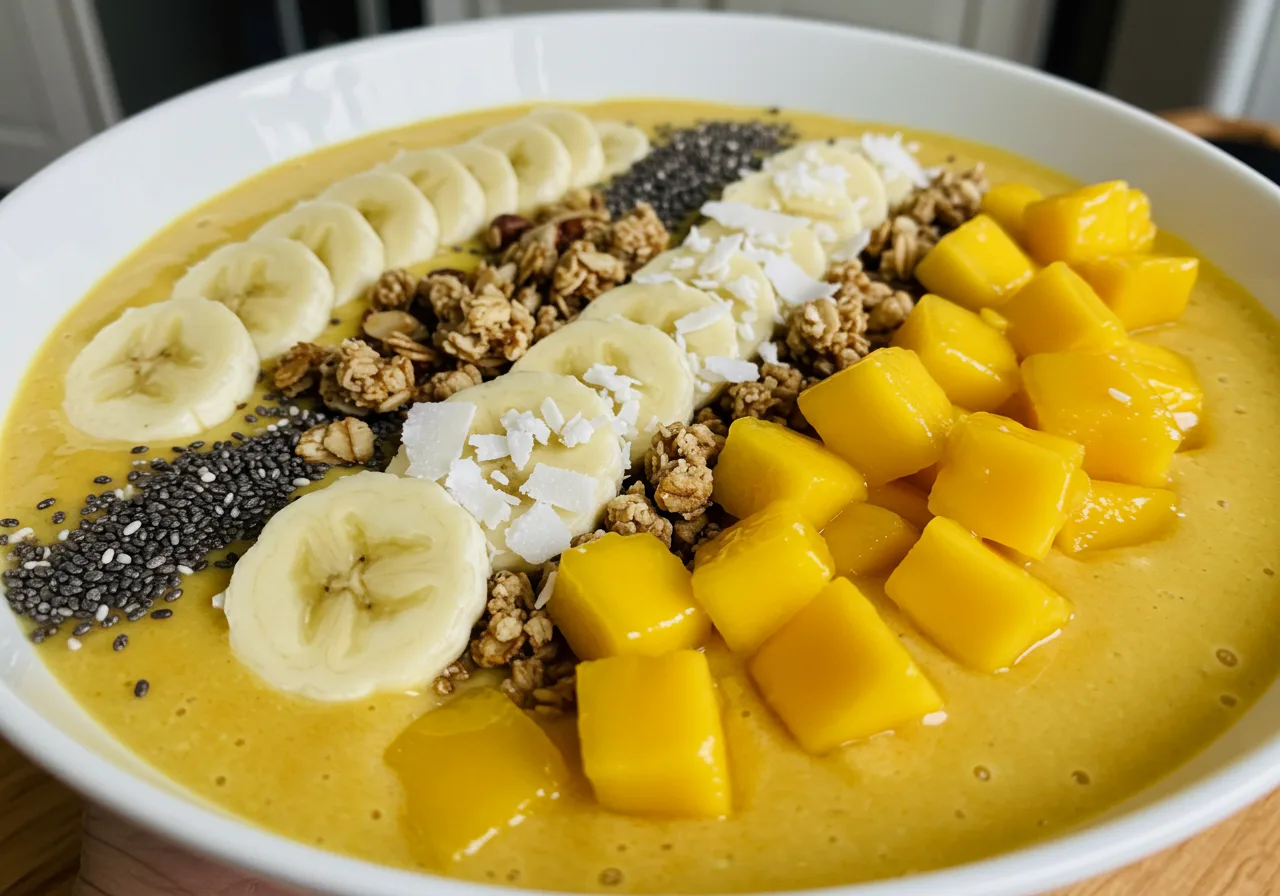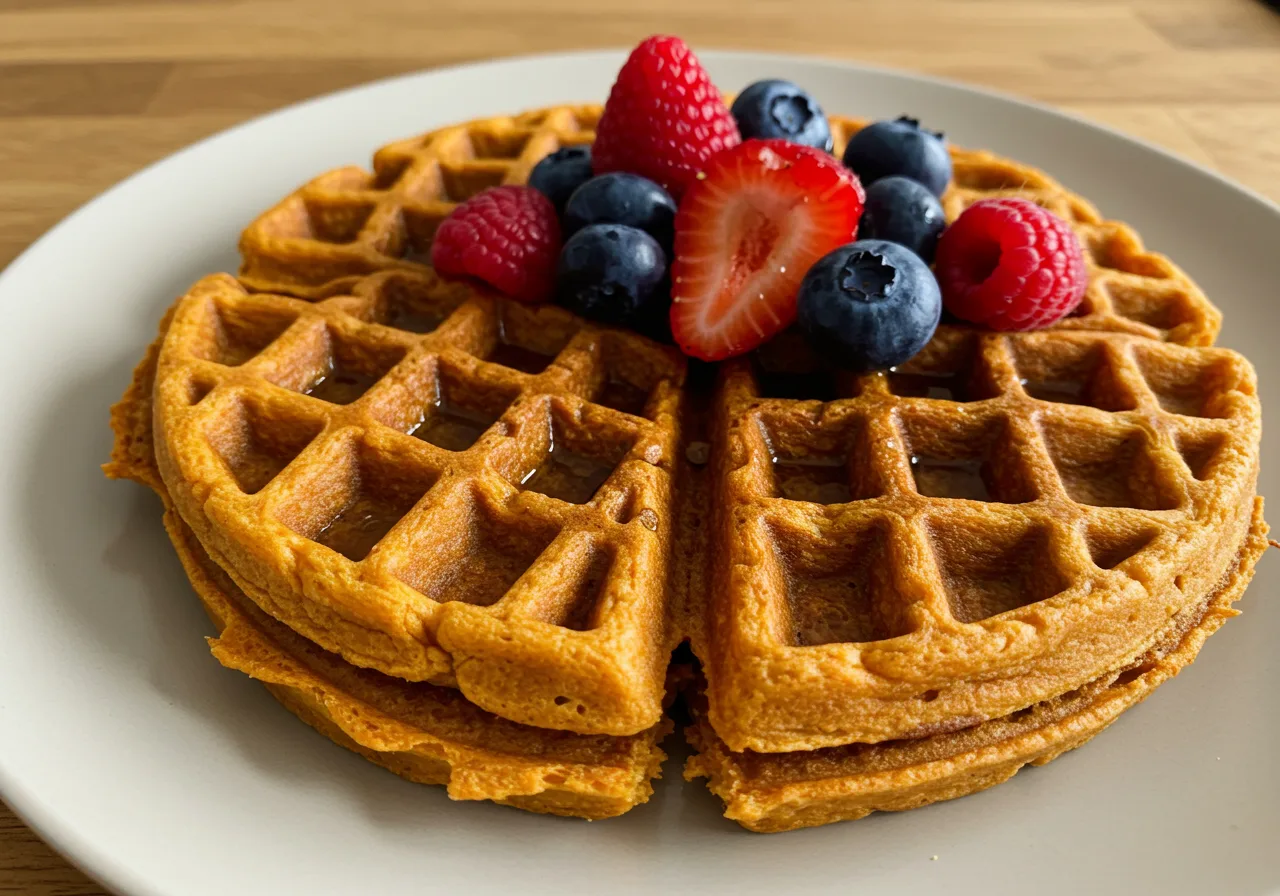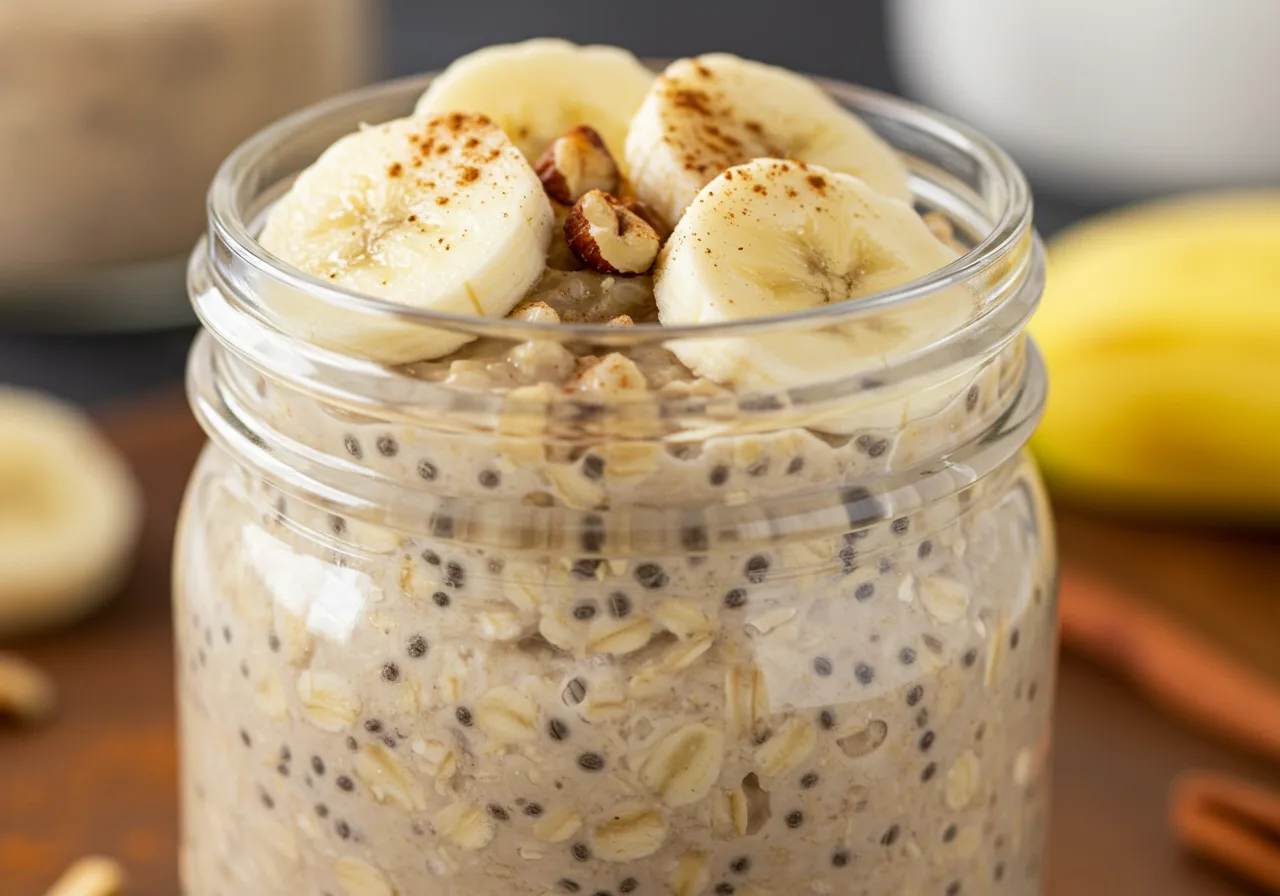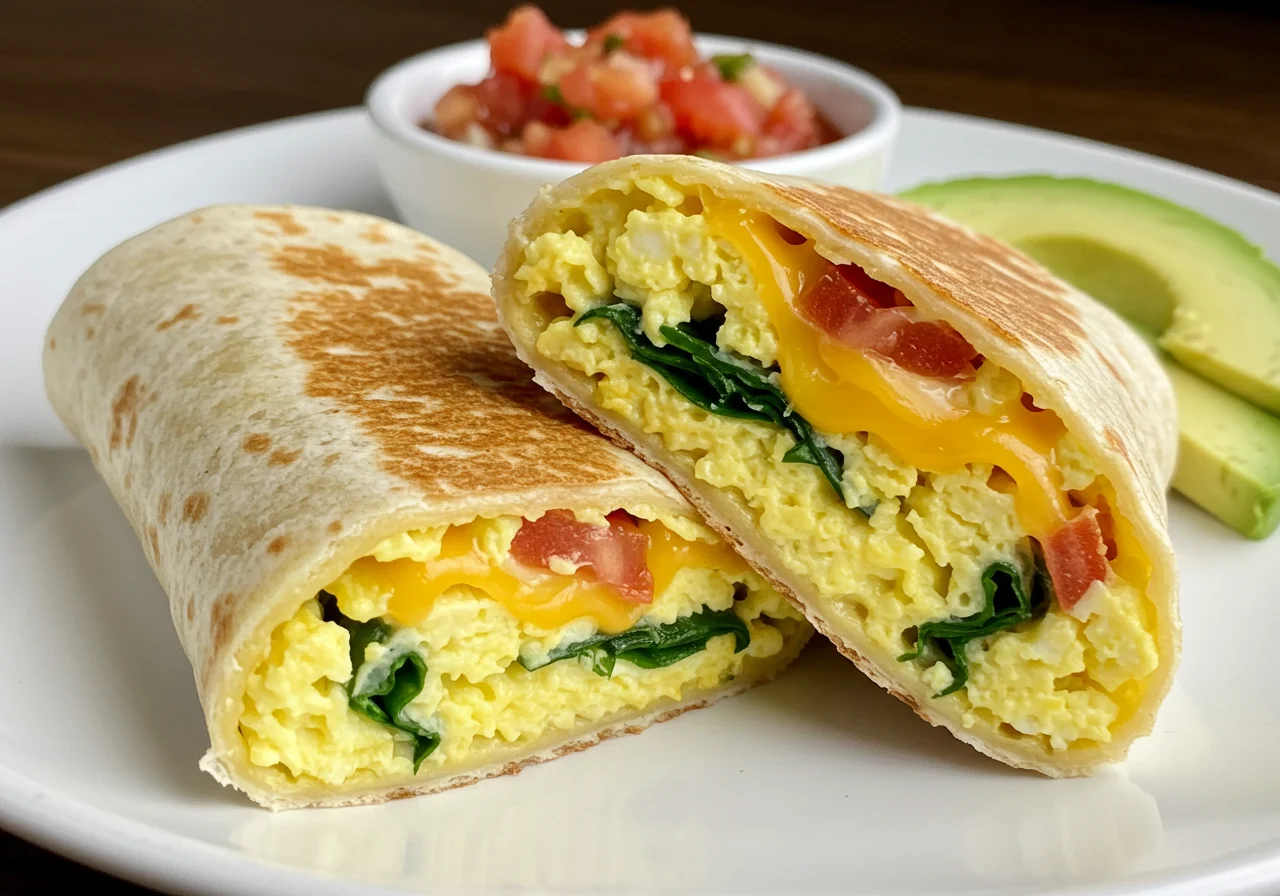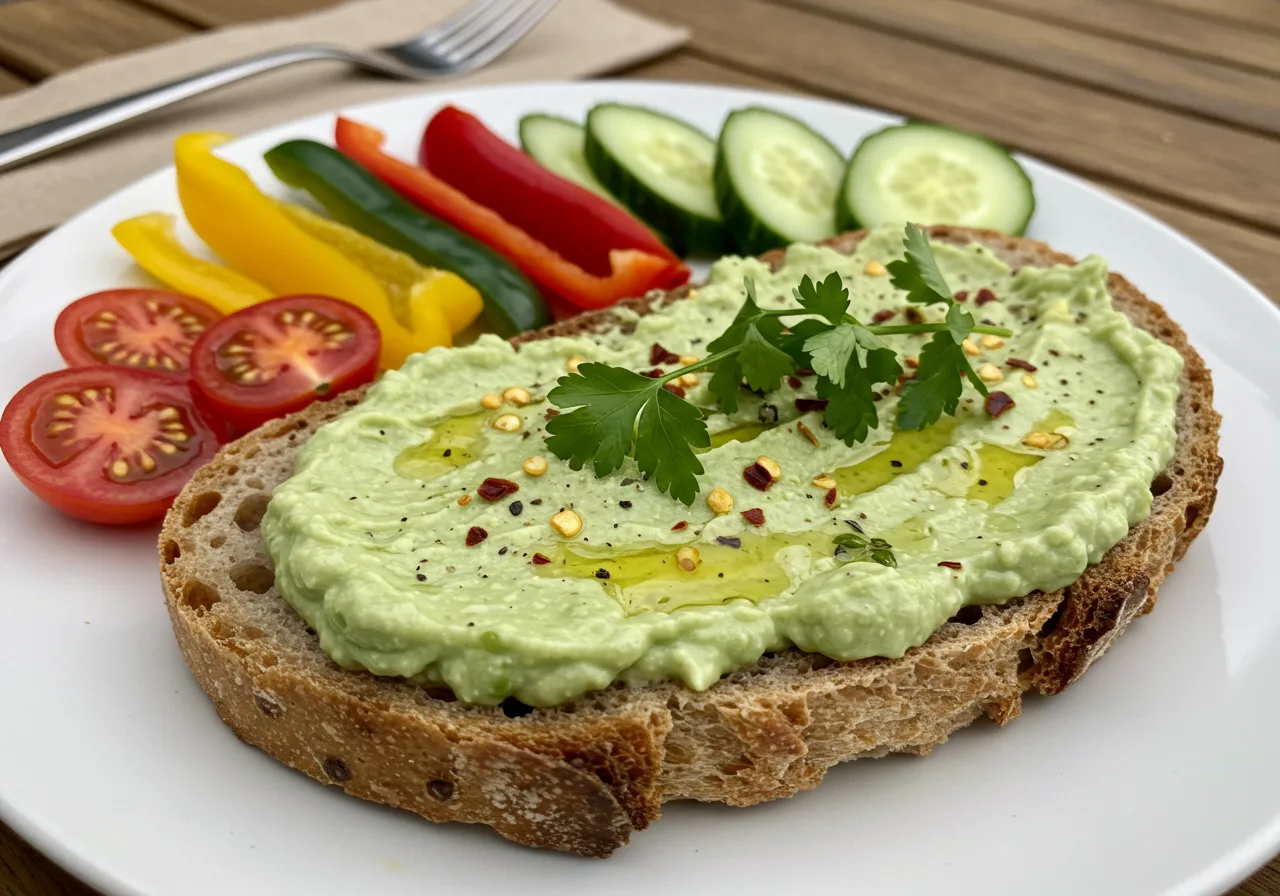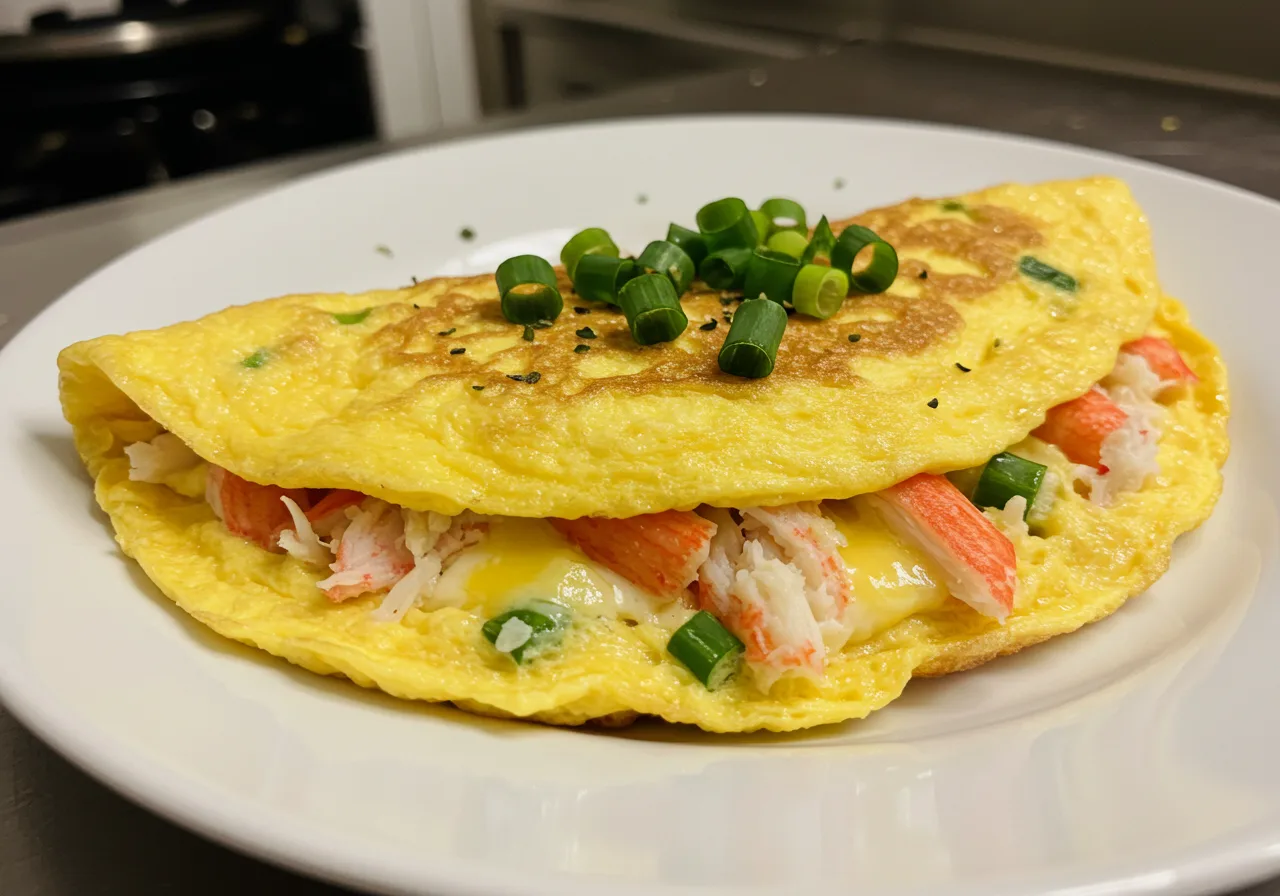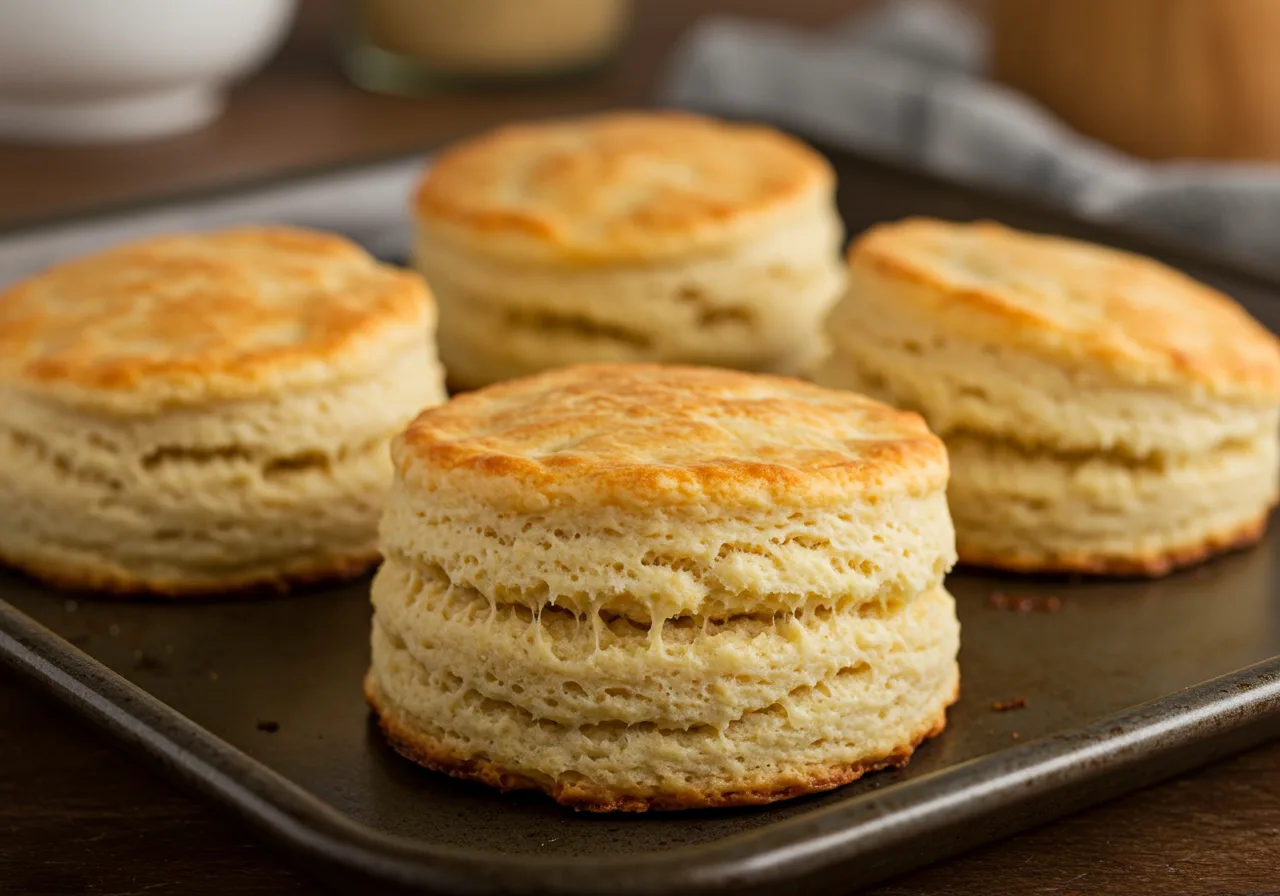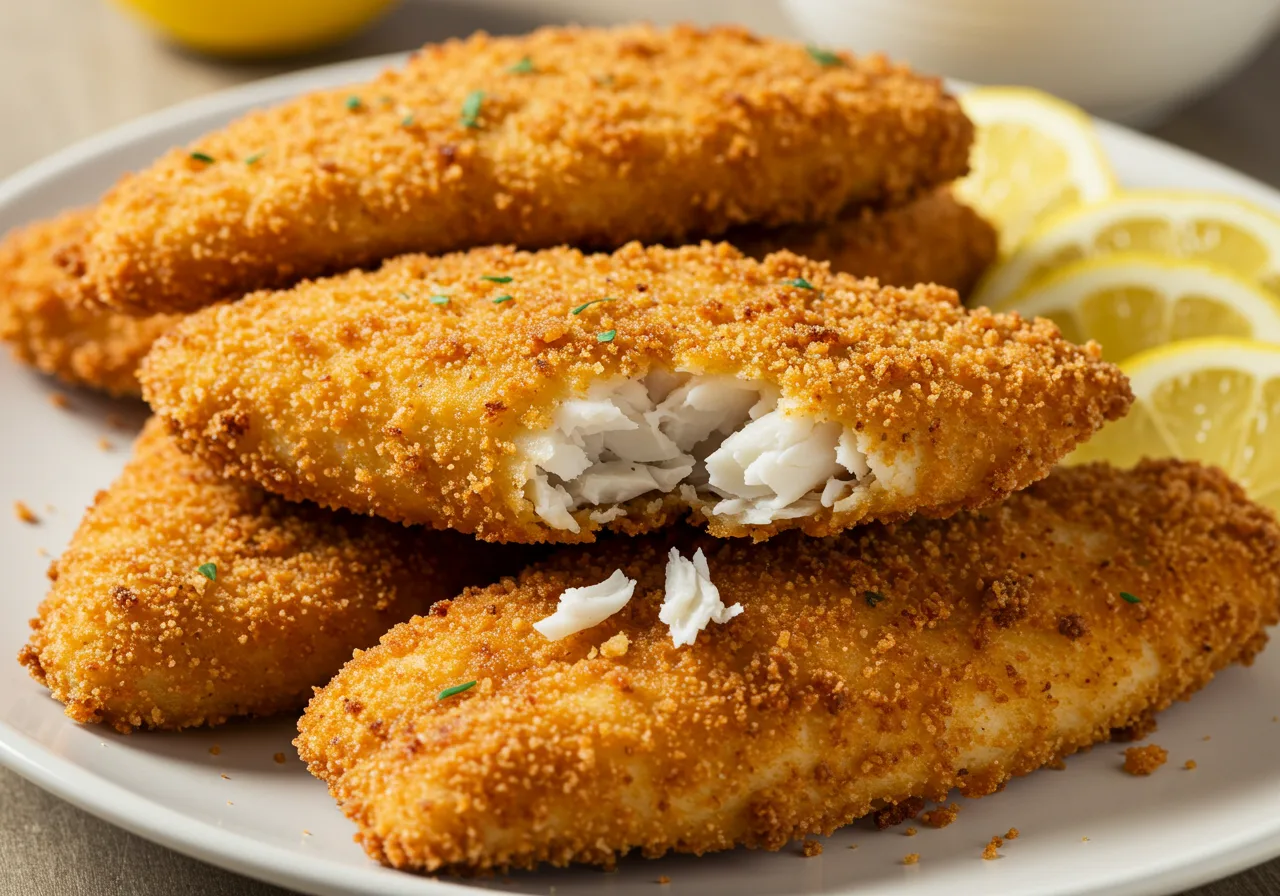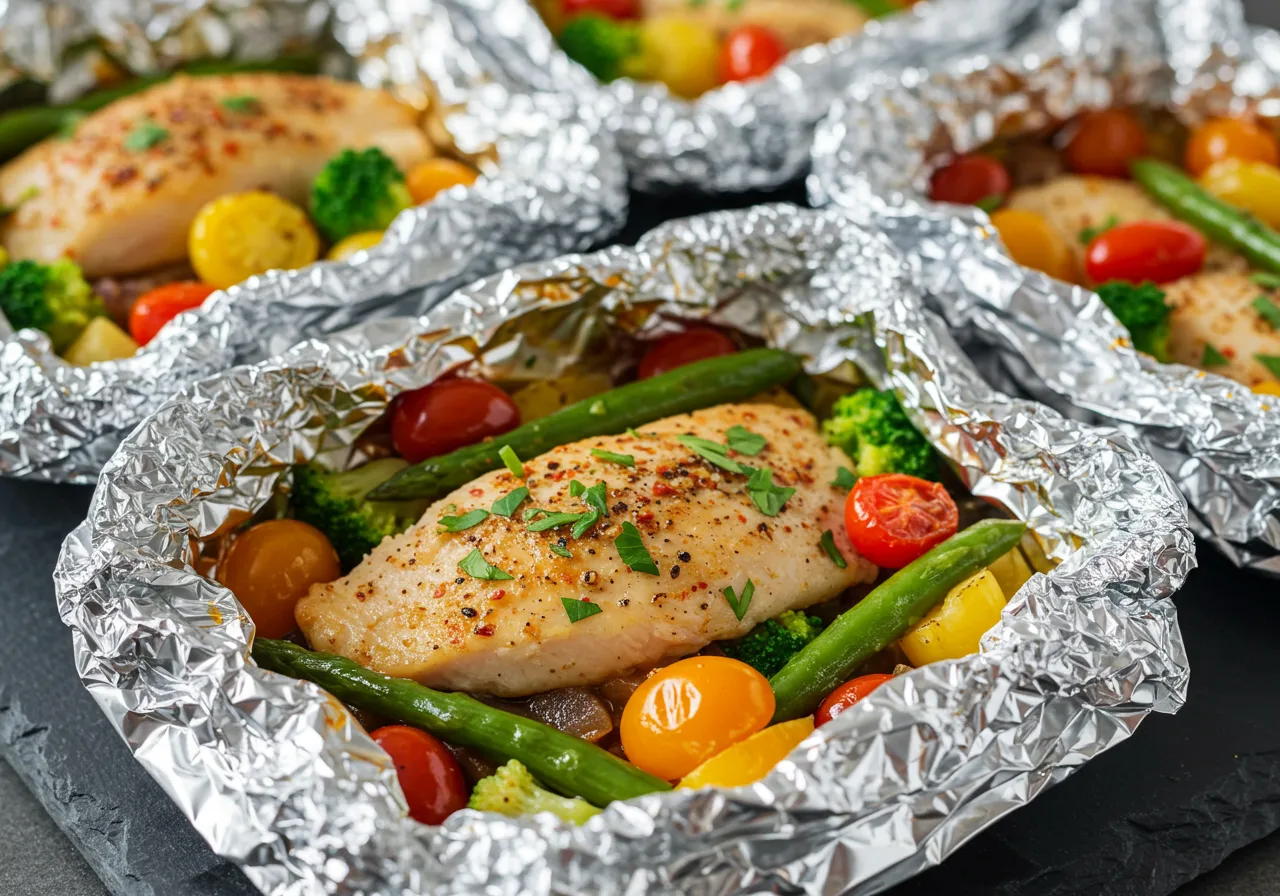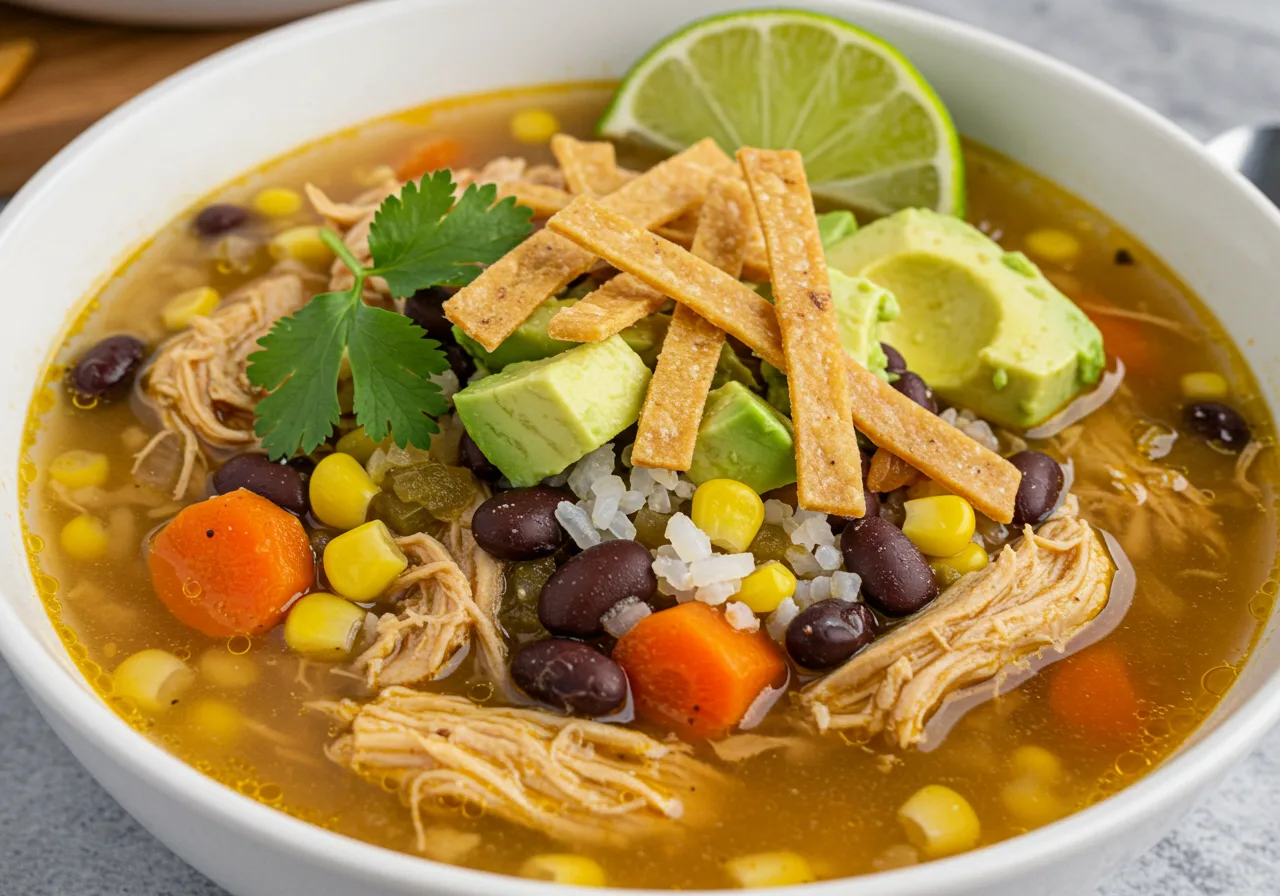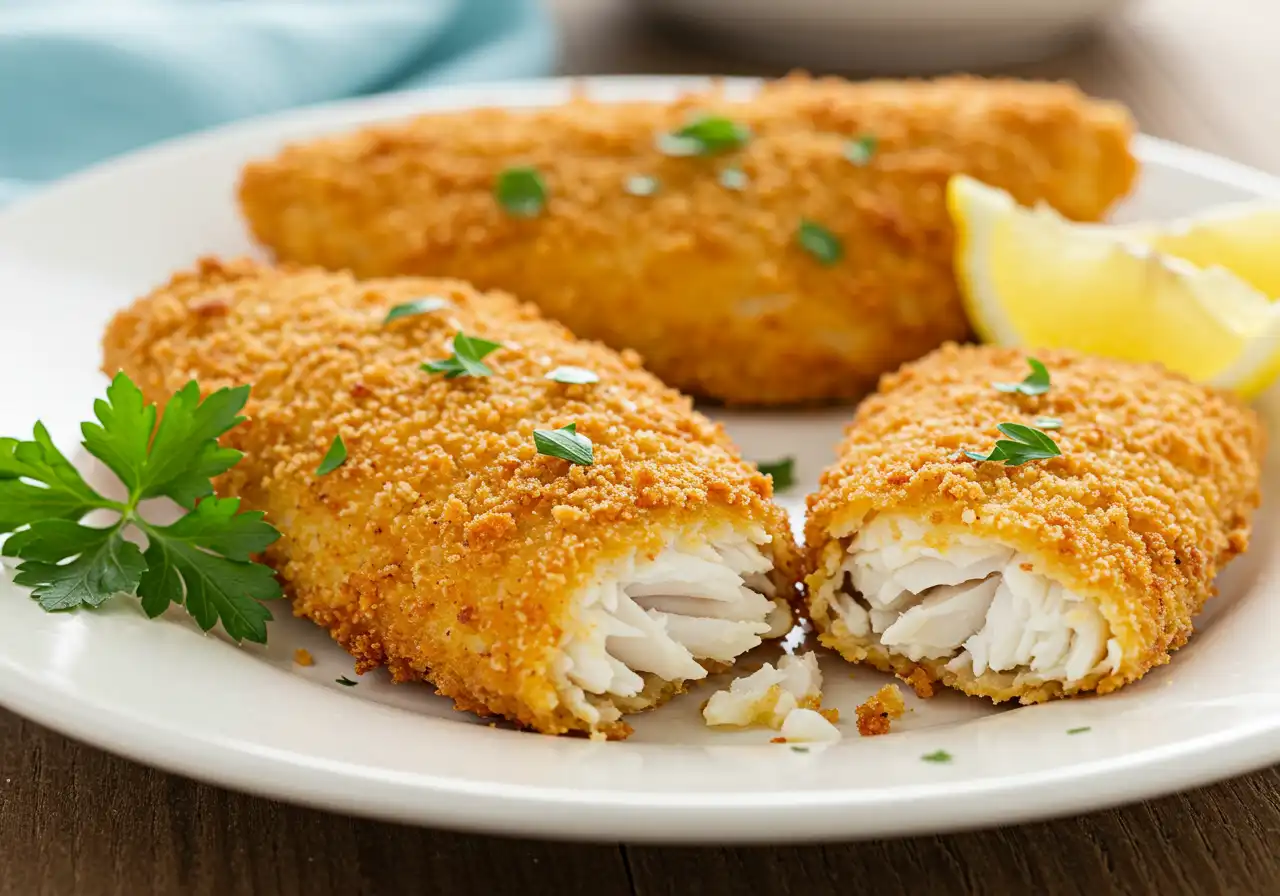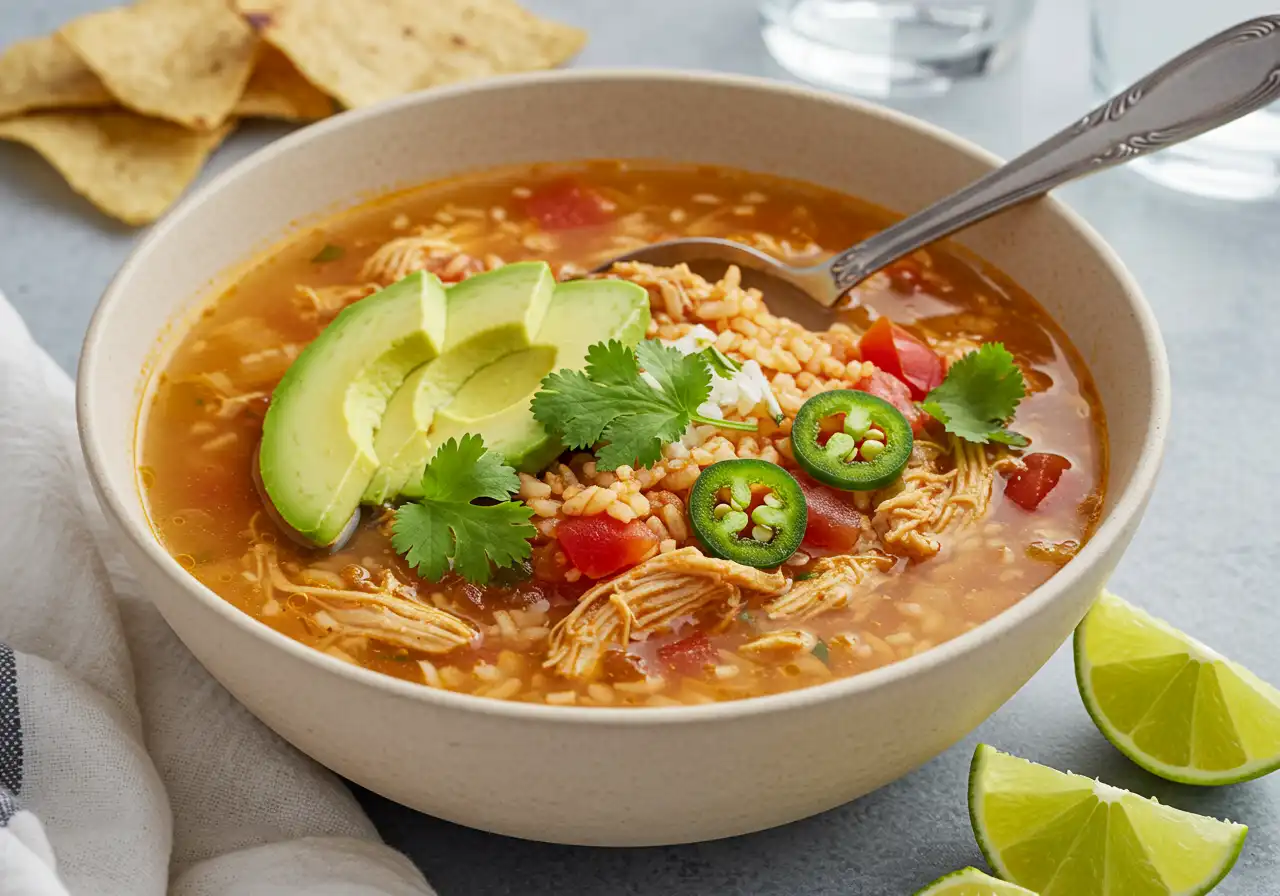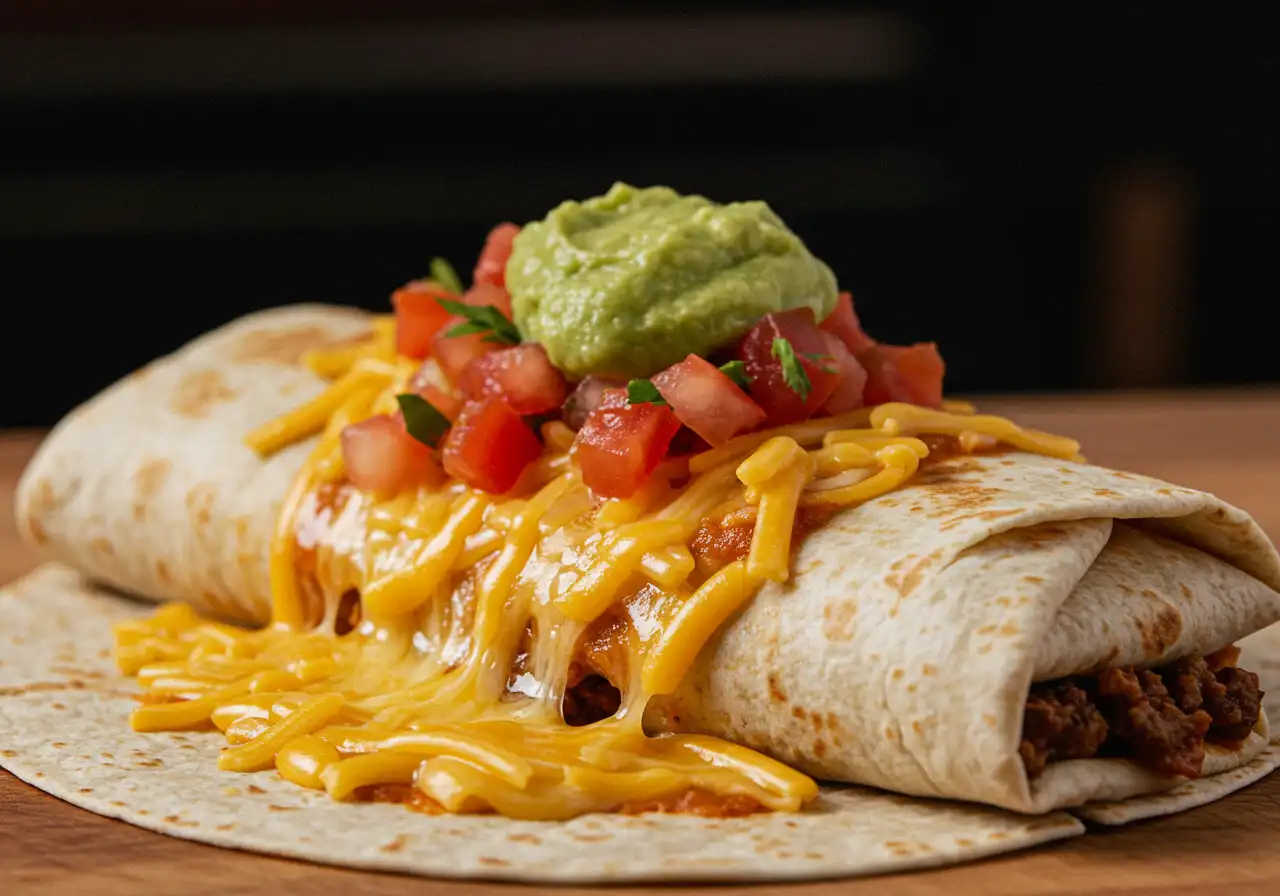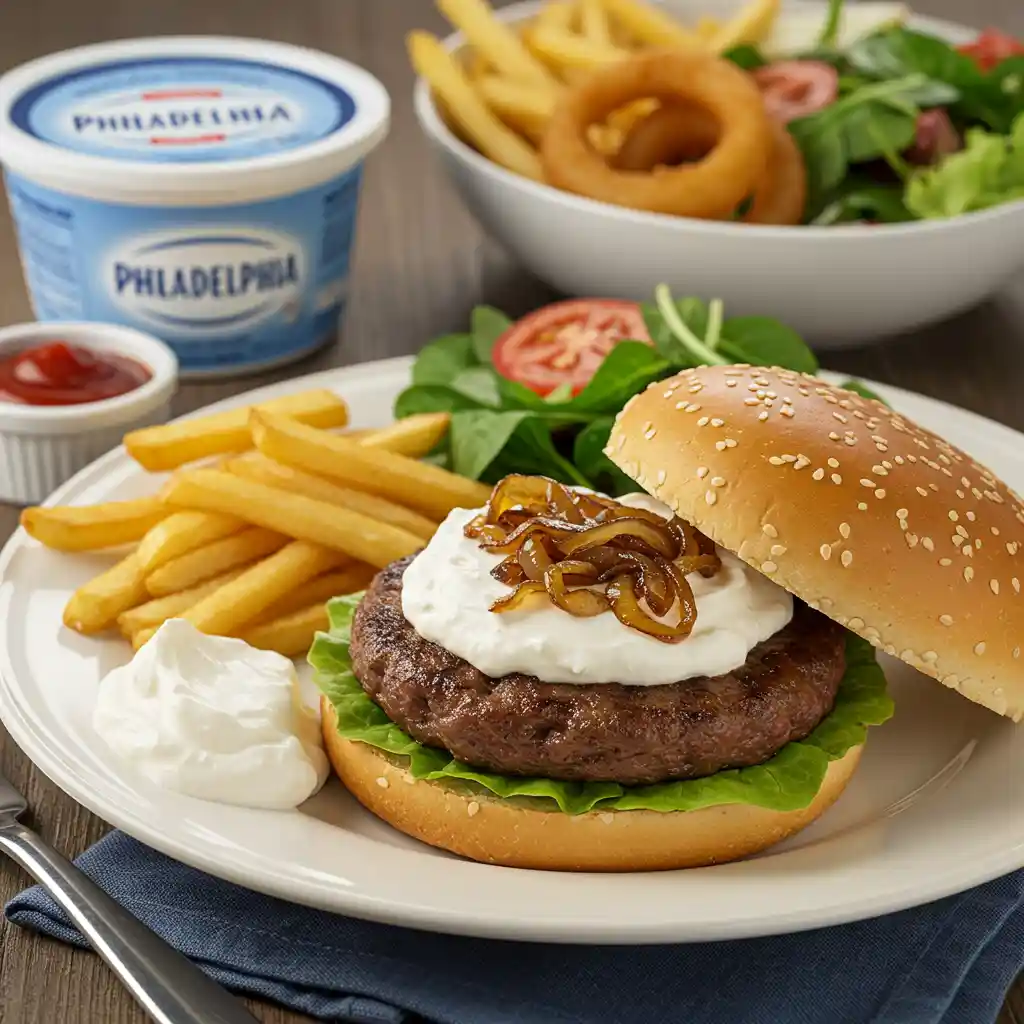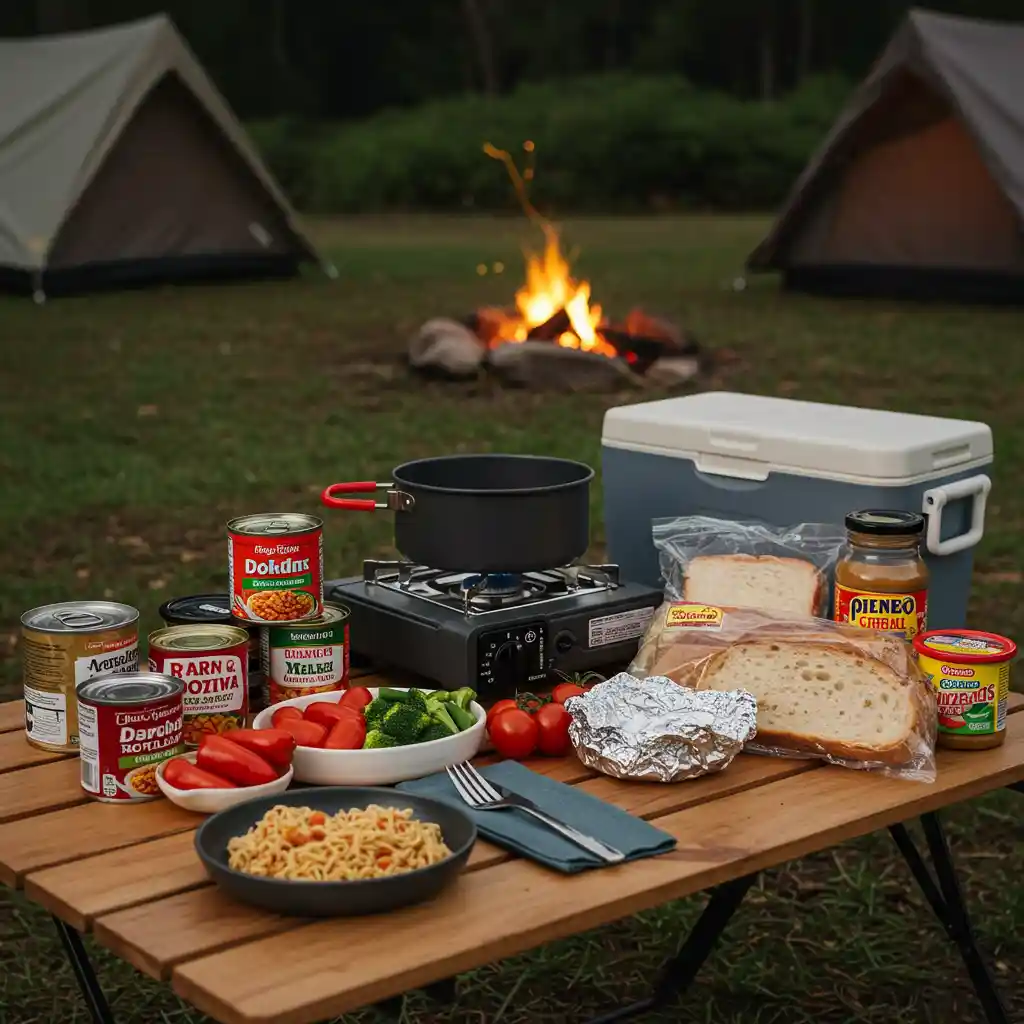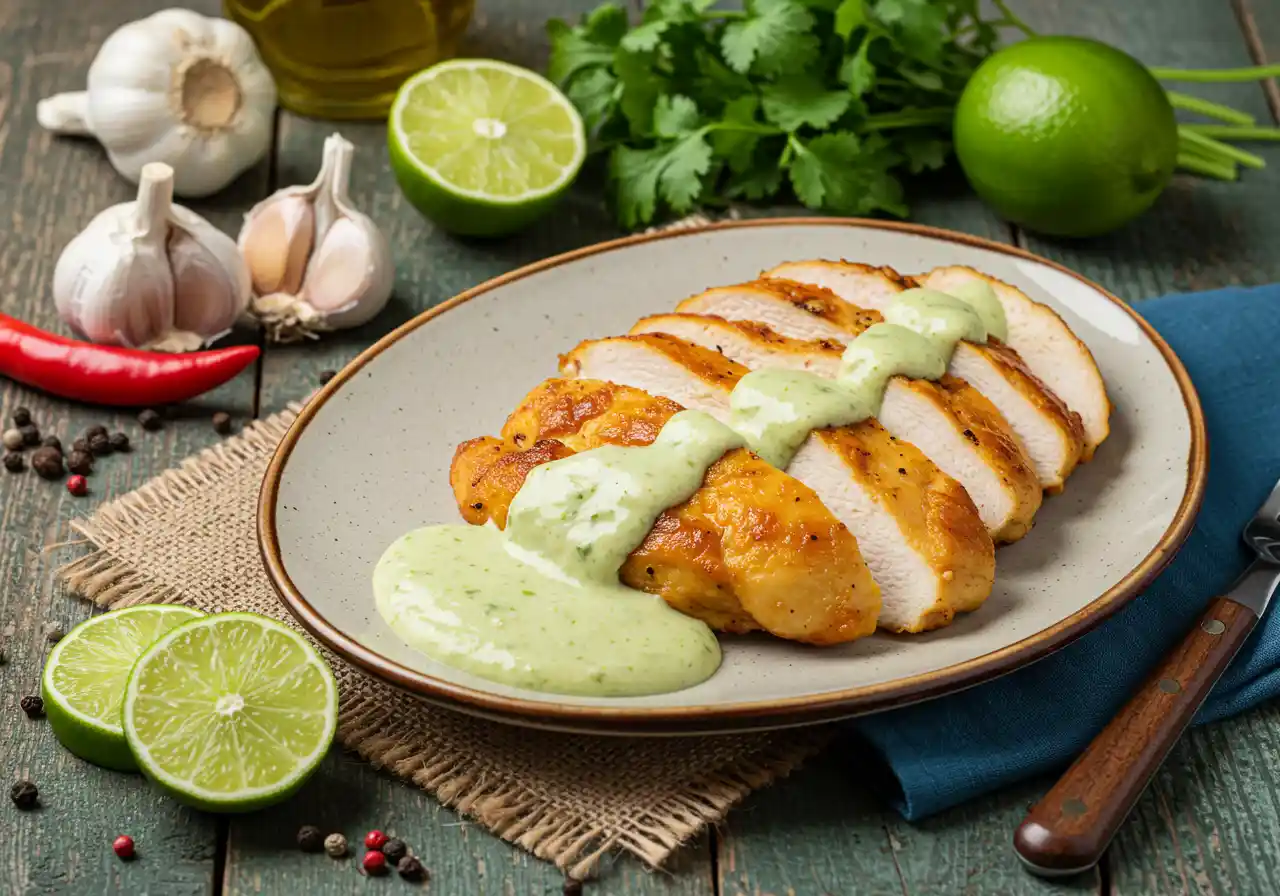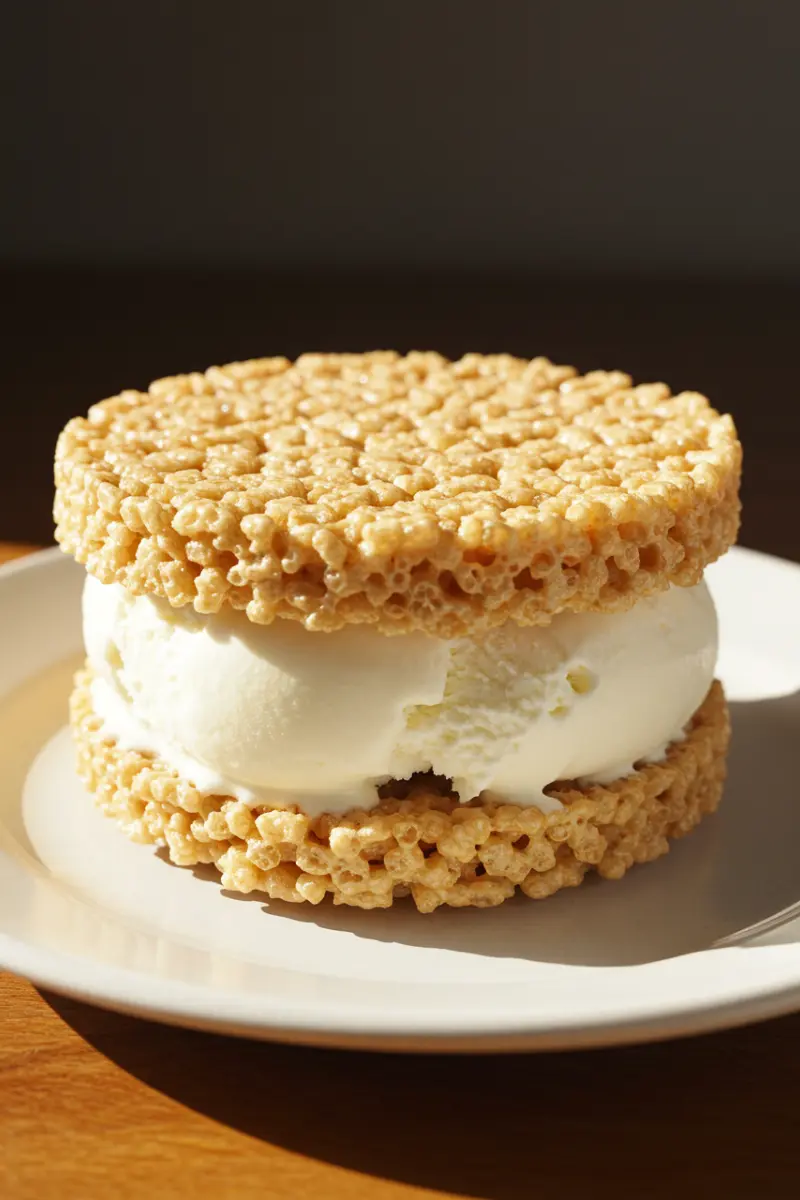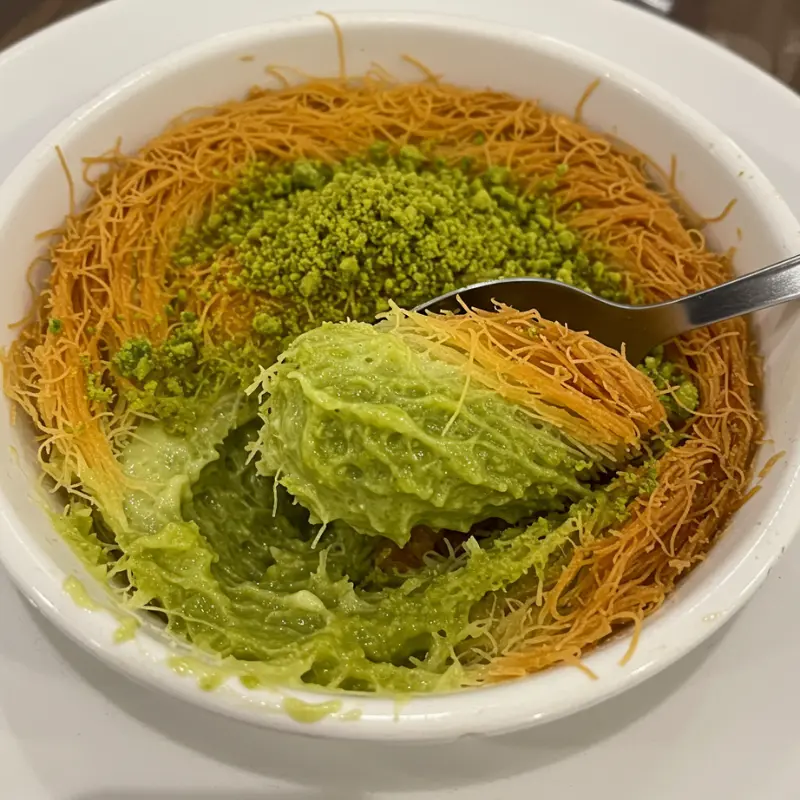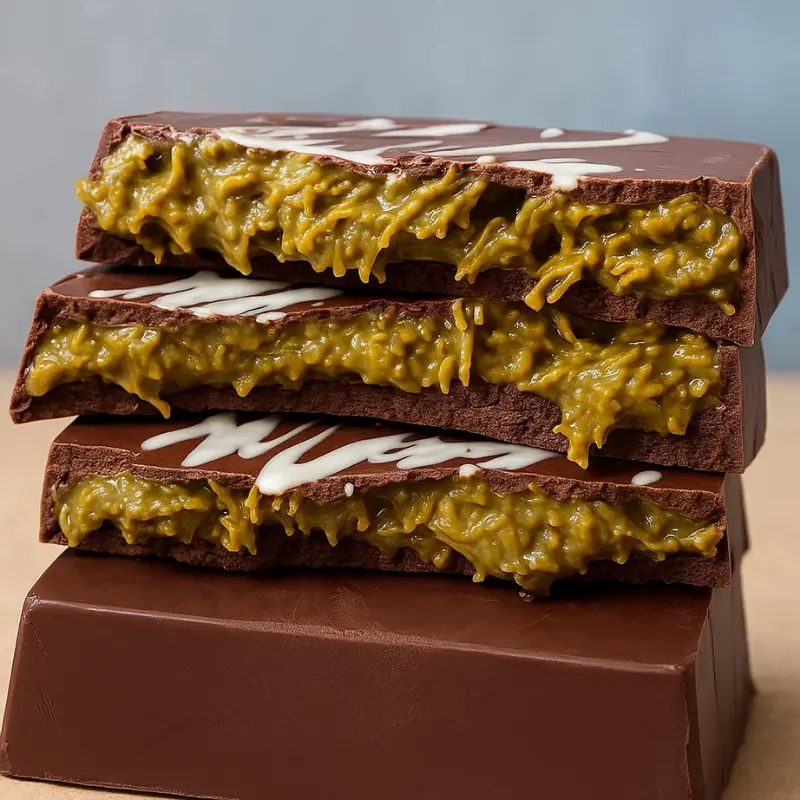If you’re looking for the perfect dessert that combines creamy richness with a smooth texture, look no further than this recipe cheesecake Philadelphia. Made with the iconic Philadelphia cream cheese, this cheesecake delivers an indulgent experience that’s both simple to make and irresistibly delicious.
Whether you’re a seasoned baker or just getting started, this cheesecake recipe offers a foolproof way to create a crowd-pleasing treat. With a few key ingredients and a little patience, you’ll be enjoying a rich, velvety cheesecake that’s sure to impress at any gathering or special occasion.
Recipe Cheesecake Philadelphia: Classic Dessert
Course: Dessert, SnacksCuisine: AmericanDifficulty: Medium9
servings20
minutes45
minutes350
kcal1
hour5
minutesA rich and creamy cheesecake made with Philadelphia cream cheese, offering a smooth texture and sweet tangy flavor that everyone will love.
Ingredients
24 oz Philadelphia cream cheese (softened)
1 cup granulated sugar
3 large eggs
1 tsp vanilla extract
1 1/2 cups sour cream
1 1/2 cups graham cracker crumbs
1/4 cup melted butter
1/4 cup sugar (for crust)
1/4 tsp salt
Directions
- Preheat oven to 325°F (163°C).
- In a medium bowl, mix graham cracker crumbs, 1/4 cup sugar, and melted butter. Press the mixture into the bottom of a springform pan to form the crust. Bake for 10 minutes.
- In a large bowl, beat softened Philadelphia cream cheese and granulated sugar until smooth and creamy. Add eggs one at a time, beating well after each addition. Stir in vanilla extract.
- Pour the cheesecake batter into the prepared crust and smooth the top.
- Bake for 45 minutes, or until the cheesecake is set with a slight wobble in the center.
- Let the cheesecake cool to room temperature, then refrigerate for at least 4 hours or overnight.
- Serve chilled with optional fruit topping or whipped cream.
Notes
- For a no-bake option, substitute the eggs and bake the crust for a few minutes to set.
Be sure the cream cheese is softened to room temperature to avoid lumps in the filling.
Refrigerating the cheesecake overnight improves its flavor and texture.
Table of Contents
Why Choose Recipe Cheesecake Philadelphia?
When it comes to creating the perfect cheesecake, selecting the right ingredients is key to achieving the rich, creamy texture and balanced flavor that makes this dessert so beloved. Among the many options available, Philadelphia cream cheese has long been the preferred choice for cheesecake recipes, and for good reason.
From its creamy texture to its distinct flavor, Philadelphia cream cheese elevates every cheesecake recipe. Here’s why it’s the go-to choice for cheesecake lovers everywhere.
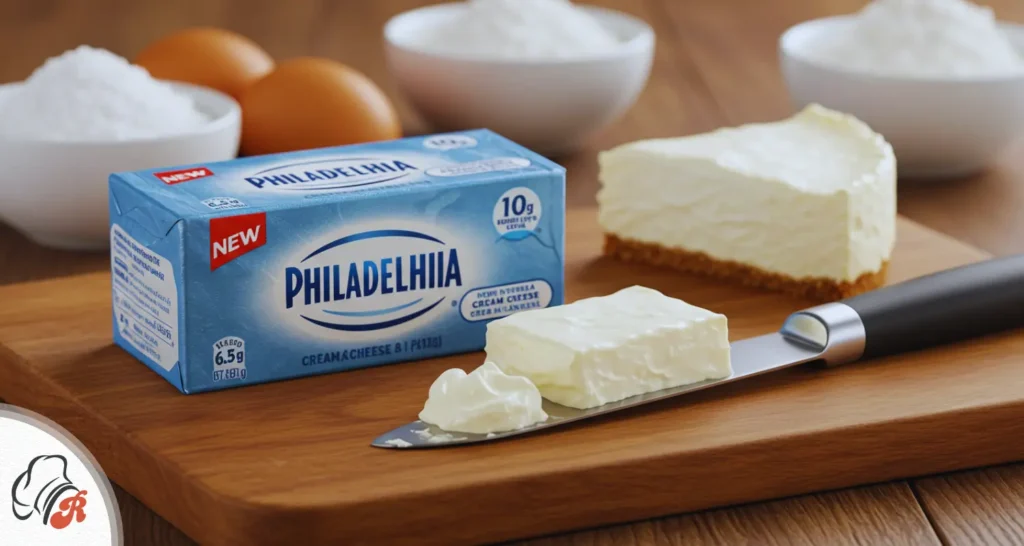
1. A Smooth and Creamy Texture That’s Perfect for Cheesecake
The texture of your cheesecake filling is just as important as its flavor. A cheesecake made with Philadelphia cream cheese has a silky, smooth consistency that is rich and indulgent. Philadelphia cream cheese is known for its ability to blend seamlessly with other ingredients, creating a smooth, lump-free filling. Whether you’re making a Philadelphia cream cheese cheesecake recipe or a variation of a classic cheesecake, the consistency provided by Philadelphia cream cheese ensures that your dessert will be velvety and perfect every time.
Achieving the right texture can be tricky with other cream cheese brands, as they may vary in fat content or moisture levels. However, recipe cheesecake Philadelphia consistently delivers the ideal balance, ensuring that your cheesecake remains smooth and creamy throughout.
2. Rich, Balanced Flavor That Enhances Your Cheesecake
Philadelphia cream cheese offers a rich, slightly tangy flavor that perfectly complements the sweetness of the cheesecake filling. This tanginess balances the sweetness of the sugar and the smoothness of the other ingredients, creating a flavor profile that is indulgent without being overpowering. Whether you’re using it in a traditional cheesecake recipe Philadelphia cheese or experimenting with different flavor variations, the subtle tang of Philadelphia cream cheese adds depth and complexity to your cheesecake.
Unlike some cream cheese options that can taste too bland or overly sour, Philadelphia cream cheese maintains a perfect balance that enhances the overall flavor of your dessert. This is why it’s a staple in countless cheesecake recipes, from classic New York-style cheesecakes to decadent chocolate cheesecakes.
3. Consistent Quality for Perfect Results Every Time
One of the key benefits of using recipe cheesecake Philadelphia cream cheese in your cheesecake is its consistent quality. With each batch of cream cheese, you can be sure that you’re getting the same high-quality product, which helps you achieve reliable results every time. This consistency is especially important in cheesecake recipes where precision and texture are crucial.
Whether you’re making a simple cheesecake using Philadelphia or trying out a more elaborate creation, such as a Kraft cheesecake recipe, Philadelphia ensures that your cheesecake filling turns out just the way you want it. You don’t have to worry about variations in flavor or texture—Philadelphia has built a reputation for dependable results.
4. Versatility Across Baked and No-Bake Cheesecakes
Philadelphia cream cheese is incredibly versatile, making it suitable for both baked and no-bake cheesecake recipes. When you’re following a cheesecake recipe using Philadelphia, you can rely on the cream cheese to provide structure and creaminess, whether you’re baking the cheesecake or chilling it in the fridge for a no-bake version. The cream cheese helps provide that signature thick, creamy texture that gives your cheesecake a rich, indulgent feel.
For a Philadelphia 3 ingredient cheesecake no bake, the cream cheese serves as the foundation of the filling, providing just the right amount of consistency and richness, even without the need for baking. On the other hand, if you’re preparing a traditional baked cheesecake, Philadelphia cream cheese holds its own during the baking process, helping to maintain the smooth, creamy texture that makes cheesecakes so irresistible.
5. Trusted Brand with a Legacy of Excellence
Philadelphia cream cheese has been a trusted name in kitchens for over a century. Created in 1872, the brand has built a legacy of quality, innovation, and consistency. With decades of experience, Philadelphia has become synonymous with great-tasting cream cheese and is the brand most often associated with cheesecake. This long history of excellence reassures bakers that they are using a reliable product that delivers perfect results each time they make a cheesecake.
Philadelphia’s commitment to quality means you can trust that every package of cream cheese will be just as good as the last. Whether you’re making an original Philadelphia cheesecake recipe or experimenting with your own variations, using Philadelphia cream cheese ensures that you’re using a product that is as reliable as it is delicious.
6. Easily Accessible and Available for All Home Bakers
Philadelphia cream cheese is widely available in grocery stores across the globe, making it a convenient choice for home bakers. Whether you’re planning a last-minute cheesecake or preparing for a holiday gathering, you can easily find Philadelphia cream cheese on the shelves. This accessibility makes it an ideal ingredient for home bakers who want to recreate that rich, authentic cheesecake flavor without the hassle of specialty shopping.
In addition, Philadelphia cream cheese is available in various forms—regular, light, and even whipped—giving you the flexibility to choose the option that best suits your recipe and dietary preferences.
Tip #1: Perfecting the Crust for a Cheesecake Made with Philadelphia
The crust is the foundation of your cheesecake. It not only supports the creamy filling but also adds texture and flavor that complements the richness of the Philadelphia cream cheese cheesecake recipe.
Getting the crust just right is crucial to achieving the perfect balance between a crunchy, buttery base and a smooth, velvety filling. Whether you’re making a cheesecake recipe using Philadelphia or a simple no-bake cheesecake, here are some tips for perfecting your cheesecake crust.
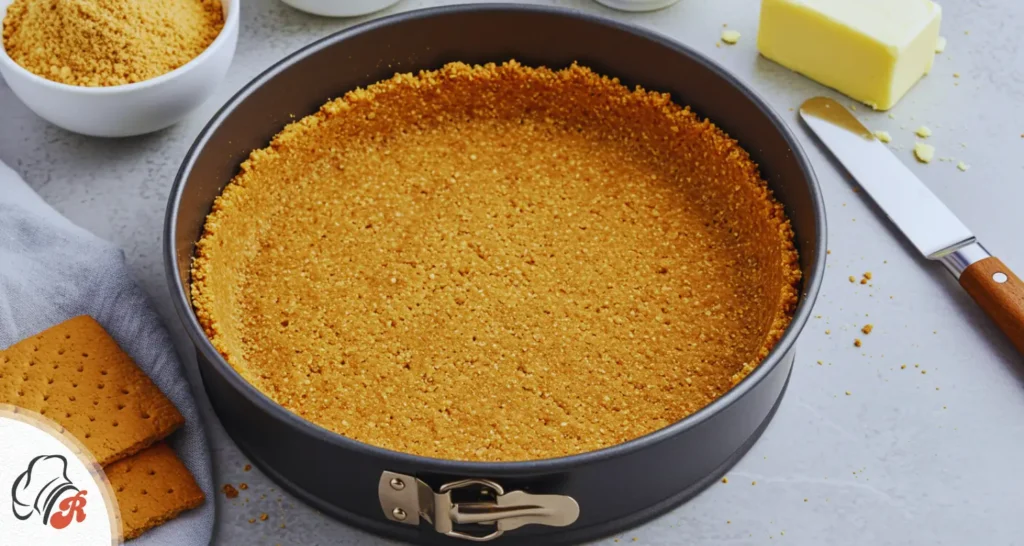
1. Choosing the Right Ingredients for Your Crust
The type of crust you choose plays a significant role in your cheesecake’s overall flavor and texture. The most common base for cheesecake crusts is graham crackers, which give a crisp, slightly sweet, and buttery foundation. For a classic cheesecake made with Philadelphia, a graham cracker crust is often the go-to choice because it provides the perfect contrast to the rich and creamy cream cheese filling.
However, feel free to experiment with different crust options based on your preferences. For a more indulgent twist, you can use chocolate cookies, like Oreos, for a chocolatey base that complements a chocolate or peanut butter cheesecake. Alternatively, digestive biscuits or shortbread cookies can add a different flavor profile, giving your crust a more refined or nutty taste.
If you’re looking to add extra texture or flavor to your recipe cheesecake Philadelphia, consider mixing in crushed nuts like almonds, pecans, or walnuts with your crushed cookies or crackers. This adds crunch and depth to the crust, making each bite of cheesecake even more delightful.
2. Achieving the Right Crust Texture
For a cheesecake crust to hold up well and not crumble when you slice into it, you need to get the right texture. The secret lies in the right ratio of crushed cookies or crackers to melted butter. For every 1 1/2 cups of crushed graham crackers, aim for about 1/4 cup of melted butter. The butter helps bind the crumbs together, creating a firm base while also adding richness and flavor.
If you prefer a slightly sweeter crust, you can add a small amount of sugar—about 2 tablespoons should suffice. The sugar will help caramelize during the baking process, enhancing the crust’s flavor and giving it a golden, slightly crispy texture. A pinch of salt can also balance out the sweetness, ensuring the crust doesn’t overpower the filling.
Once your ingredients are mixed together, the consistency should be damp, but not soggy. When pressed into the pan, the mixture should form a compact, solid crust without falling apart easily.
3. Pressing the Crust Into the Pan
The way you press your crust into the pan is important for ensuring even coverage and firm texture in your recipe cheesecake Philadelphia. After mixing your crust ingredients, spoon the mixture into the base of a springform pan (or a regular pie pan) and press it evenly across the bottom.
Use the back of a spoon or the bottom of a glass to compact the mixture, paying attention to the edges. A well-packed crust not only stays together better but also helps to prevent it from separating during baking or when you slice the cheesecake.
It’s important to press the crust mixture firmly, especially along the edges, to ensure it maintains its shape and doesn’t crumble when you remove the cheesecake from the pan. If you’re making a Philadelphia 3 ingredient cheesecake no bake recipe, you can simply chill the crust in the fridge instead of baking it, but be sure to press the crumbs down firmly to ensure it firms up properly.
4. To Bake or Not to Bake: Understanding Crust Methods
When making a traditional baked cheesecake, it’s essential to bake the crust before adding the cheesecake filling. Baking the crust at 325°F (163°C) for about 10 minutes will help set it, giving it a firm texture that holds up well once you add the filling. The heat will slightly crisp the edges and allow the butter to bind the crumbs together, resulting in a sturdier crust that can withstand the weight of the filling.
However, for a no-bake cheesecake like the Philadelphia 3 ingredient cheesecake no bake, you don’t need to bake the crust. Instead, you can simply place it in the fridge for an hour or more to set. The cold temperature will allow the butter to harden and the crumbs to stay in place. This method works perfectly for recipes where the crust doesn’t need to be crisped through baking, and you can focus on a quick and simple dessert with minimal effort.
5. Enhancing Your Crust with Extra Flavors
A plain graham cracker crust is delicious, but adding extra flavors can elevate your cheesecake to the next level. Here are a few ways to customize your crust:
- Cinnamon or Nutmeg: Adding a teaspoon of cinnamon or a pinch of nutmeg to your graham cracker crust gives it a warm, aromatic flavor that pairs beautifully with a classic cheesecake made with Philadelphia.
- Chocolate: For an indulgent twist, add melted chocolate to your crust mixture or use chocolate cookies as the base. This works especially well if you’re making a chocolate cheesecake or if you want to add a rich, decadent touch to your traditional cheesecake.
- Nuts: Mix in finely chopped pecans, walnuts, or almonds for an extra crunch and depth of flavor. The nuts also add a savory note that balances the sweetness of the filling.
These simple additions can make your crust stand out and add a personalized touch to your cheesecake.
6. Making the Crust-to-Filling Ratio Perfect
Finally, you want to ensure the ratio between the crust and the filling is balanced in your recipe cheesecake Philadelphia. A crust that’s too thick can overwhelm the filling, while a crust that’s too thin may not provide enough contrast to the creamy Philadelphia cream cheese filling.
A good starting point is to aim for about 1 1/2 cups of crust mixture for every 3 cups of cheesecake filling. This gives you the perfect balance of texture and flavor without one component dominating the other.
If you’re using a different pan size or making a double-layered cheesecake, adjust the amount of crust accordingly to maintain this balance. The goal is to have a sturdy yet delicate crust that supports the rich filling without competing with it.
Tip #2: Get the Right Texture with the Right Ingredients
The texture of your cheesecake is one of the key factors that make it truly exceptional. Achieving the perfect texture is all about balancing the right ingredients and ensuring they’re prepared in the proper way.
Using Philadelphia cream cheese in your cheesecake recipe guarantees a creamy, smooth filling, but you must also pay attention to how you incorporate the other ingredients. Here’s how to get the right texture for your cheesecake made with Philadelphia.
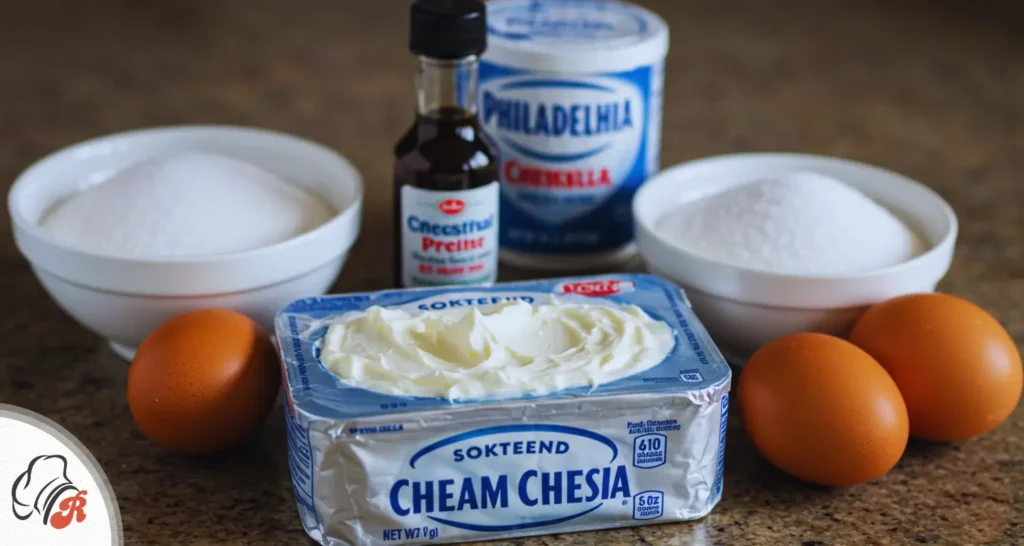
1. Philadelphia Cream Cheese: The Foundation of a Creamy Filling
The star of the show in any cheesecake recipe is the cream cheese, and Philadelphia cream cheese is the gold standard for achieving the perfect texture. Its rich, smooth consistency is ideal for creating a creamy filling that’s firm yet velvety.
When making a cheesecake recipe using Philadelphia, ensure that you use full-fat cream cheese for the best results. This type of cream cheese provides the richness and smoothness necessary for the perfect cheesecake texture.
Before incorporating the cream cheese into the filling for your recipe cheesecake Philadelphia, make sure to soften it by leaving it at room temperature for about 30 minutes. Cold cream cheese can lead to lumps in your cheesecake filling, which can impact its smoothness.
Softened cream cheese blends more easily and results in a creamy, lump-free texture. This step is essential, whether you’re making a classic cheesecake using Philadelphia or a more innovative recipe.
2. Balance the Cream Cheese with Other Dairy Products
While Philadelphia cream cheese is the foundation of the cheesecake filling, it’s important to balance it with other dairy ingredients to achieve the perfect texture. For most cheesecake recipes, the filling will also include sour cream or heavy cream, which add smoothness, richness, and a slight tang to balance the cream cheese’s flavor. Sour cream adds a touch of tanginess and helps create a silky texture, while heavy cream increases the smoothness and provides a light, fluffy quality to the filling.
If you’re using a Philadelphia 3 ingredient cheesecake no bake recipe, you might not need heavy cream or sour cream, but instead, you’ll rely solely on the cream cheese to provide both texture and flavor. Even in these simpler recipes, ensuring that the cream cheese is the right consistency will still be crucial for achieving the perfect texture.
3. Incorporate Eggs for Structure and Stability
Eggs play an essential role in giving your cheesecake the right texture. In baked cheesecakes, eggs provide structure and help the filling set properly. The proteins in the eggs coagulate during baking, helping to hold the cheesecake together while maintaining its creamy consistency. For the best texture, be sure to beat the eggs gently before adding them to the filling. Over-beating the eggs can incorporate too much air into the batter, causing cracks in your cheesecake as it bakes.
When following a cheesecake recipe Philadelphia cheese, the number of eggs you use will depend on the size of your cheesecake and the recipe’s specific requirements. Most classic baked cheesecakes call for about 3 eggs, but adjusting the egg quantity may be necessary for larger or smaller cakes. For a Kraft cheesecake recipe, you may also find that the use of more eggs helps ensure a more stable, firm texture while still allowing the filling to remain creamy.
4. Add Sugar in the Right Proportion
Sugar is another ingredient that influences both the flavor and texture of your cheesecake. While it’s essential for sweetness, sugar also plays a role in creating the smooth texture of the filling. The right balance of sugar ensures the filling remains creamy without being overly sweet. A typical cheesecake using Philadelphia will require about 1 cup of sugar for a standard-sized cheesecake, but the amount can be adjusted based on personal taste preferences or the level of sweetness desired.
When incorporating sugar into your filling, it’s best to add it gradually while mixing the cream cheese to ensure that it dissolves properly. This prevents any gritty texture from forming in your filling, which can be particularly noticeable in a Philadelphia cream cheese cheesecake recipe where the smoothness is key.
5. The Role of Flour or Cornstarch for Texture
In some cheesecake recipes, such as the original Philadelphia cheesecake recipe, a small amount of flour or cornstarch is added to the filling. These ingredients help stabilize the texture of the cheesecake, preventing it from becoming too runny. Flour or cornstarch acts as a thickening agent, ensuring the filling holds together properly after baking. A small amount—about 1 to 2 tablespoons—is typically all that’s needed to achieve the right balance.
If you’re making a cheesecake recipe using Philadelphia, and you want a firmer texture, a bit of flour or cornstarch can make a difference. However, for a Philadelphia 3 ingredient cheesecake no bake recipe, these ingredients aren’t necessary, as the cream cheese will naturally hold its shape when chilled in the fridge.
6. Use Room Temperature Ingredients for a Smooth, Even Mixture
When making your cheesecake filling, it’s essential to ensure that all the ingredients are at room temperature. This includes the Philadelphia cream cheese, eggs, sour cream, and heavy cream. Room-temperature ingredients blend more easily and evenly, reducing the chances of lumps and ensuring that the texture of the filling is smooth and creamy.
Cold ingredients can cause the batter to seize up or form uneven lumps, which will result in a less-than-perfect texture. Before starting your cheesecake recipe, take the time to remove all the ingredients from the fridge and allow them to sit at room temperature for 20 to 30 minutes. This simple step helps achieve a smoother texture in your cheesecake using Philadelphia.
7. The Perfect Mixing Technique
Mixing your ingredients is key to achieving the right texture in your recipe cheesecake Philadelphia. When you mix your cheesecake filling, do so on a low speed to avoid incorporating too much air. Air bubbles in the batter can cause your cheesecake to crack during baking and can disrupt the smooth texture you want. For the creamiest result, it’s best to mix the ingredients gently, scraping down the sides of the bowl as needed to ensure everything is fully incorporated.
If you’re making a cheesecake recipe Philadelphia cheese, use a stand mixer or hand mixer on low speed. Avoid overmixing once the eggs are added, as this can lead to over-aeration, which may cause cracks in the cheesecake as it cools. A smooth, even mixture ensures that your cheesecake will bake into a velvety, uniform filling.
Tip #3: No-Bake Cheesecake Option for Easy Perfection
Sometimes, you want to indulge in a delicious cheesecake without the time or effort that baking requires. Fortunately, a no-bake cheesecake option offers the perfect solution for those who want to enjoy a rich, creamy dessert with minimal prep time.
With Philadelphia cream cheese as the key ingredient, a no-bake cheesecake is just as delightful and indulgent as its baked counterpart, but much easier to make. Here’s how to achieve easy perfection with a no-bake cheesecake.
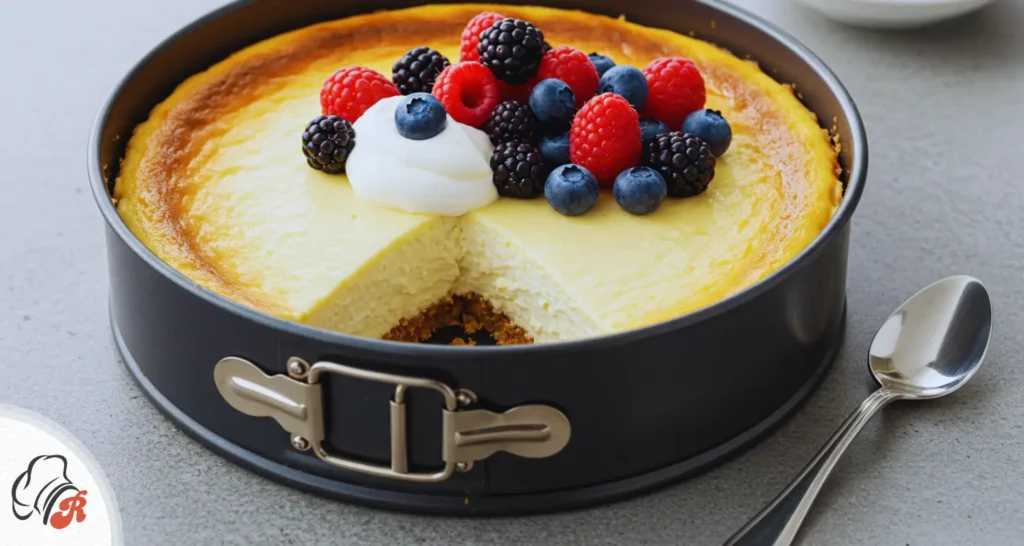
1. Why Choose a No-Bake Cheesecake?
A no-bake cheesecake is the ideal option when you want a cheesecake with the same creamy texture and rich flavor as a traditional baked cheesecake but without the oven. It’s especially perfect during warm weather when turning on the oven can feel like a chore. A cheesecake made with Philadelphia is naturally rich and creamy, and the no-bake method lets the cream cheese shine without the need for extended baking time.
Another reason to choose a no-bake cheesecake is the simplicity and speed of preparation. Since there’s no need to bake the dessert, you can mix the ingredients, press the crust, and let the fridge do the work. The chilling process allows the cheesecake to set, giving you more time to relax or focus on other parts of your meal. Whether you’re making a Philadelphia 3 ingredient cheesecake no bake or a more elaborate no-bake version, this method is a true time-saver.
2. Key Ingredients for a No-Bake Cheesecake
To achieve a perfect no-bake cheesecake, you need a handful of key ingredients that will help it set without baking. The main ingredients for the filling are Philadelphia cream cheese, heavy cream, and sweetened condensed milk or powdered sugar. The cream cheese is the base, giving your cheesecake its signature creamy texture, while the heavy cream adds richness and a light, fluffy texture.
You’ll also need gelatin or whipped cream to help the cheesecake set. Gelatin is a popular choice for no-bake cheesecakes as it provides structure and helps the filling firm up when chilled. Some recipes use whipped cream for added lightness and texture. If you’re making a no-bake cheesecake with Philadelphia cream cheese, make sure to use full-fat cream cheese for the best consistency. The cream cheese should be softened to room temperature before you start mixing to ensure a smooth, lump-free filling.
3. The Importance of the Crust for a No-Bake Cheesecake
The crust is just as important in a no-bake cheesecake as in a baked one. For the base, you can use the same traditional graham cracker crust or opt for chocolate cookies or digestive biscuits for a different flavor profile. The key to a great no-bake cheesecake crust is to ensure it’s pressed tightly into the pan so that it holds its shape while the cheesecake chills. Use a glass or spoon to firmly compact the crust, ensuring even coverage along the bottom and edges of the pan.
Since there’s no baking involved, the crust for your recipe cheesecake Philadelphia relies on chilling to set. After pressing it into the pan, place the crust in the refrigerator for at least 30 minutes to firm up before adding the cheesecake filling.
This step is crucial for ensuring that the crust doesn’t crumble when you slice into the cheesecake. If you prefer a slightly firmer crust, you can also add a tablespoon of melted butter to the mixture to make it more solid and stable.
4. Chill, Don’t Bake: Setting the Cheesecake
The magic of a no-bake cheesecake is in the chilling process. Once you’ve mixed the filling and pressed the crust into the pan, simply spoon the cheesecake mixture onto the crust and smooth the top with a spatula. The filling will initially be soft, but as it chills in the fridge, the cream cheese and gelatin (if used) will set, firming up the cheesecake.
A Philadelphia 3 ingredient cheesecake no bake typically requires at least 4 hours to chill, but for best results, refrigerate it overnight to ensure the cheesecake sets completely. The longer it chills, the better the texture will be, as it allows the flavors to meld together and the filling to become firm and sliceable. If you’re short on time, a 3-4 hour chill can still yield a delicious result.
5. Customizing Your No-Bake Cheesecake
One of the best things about a no-bake cheesecake is its versatility. Once you’ve mastered the basic Philadelphia cream cheese cheesecake recipe, you can customize it in countless ways to suit your tastes and preferences. Add a swirl of fruit puree like strawberry, raspberry, or blueberry to the filling for a fruity twist, or incorporate chopped chocolate, caramel, or nuts for extra texture and flavor. You can also add a variety of toppings, such as fresh fruit, whipped cream, or a drizzle of chocolate or caramel sauce.
If you’re looking to make a lighter version, you can substitute part of the cream cheese with Greek yogurt or light cream cheese to reduce the fat content while maintaining a creamy texture. For a fun variation, try making a chocolate no-bake cheesecake by using a chocolate cookie crust and mixing melted chocolate into the filling for a decadent dessert.
6. Perfect for Any Occasion
A no-bake cheesecake is perfect for a wide range of occasions. Whether you’re hosting a dinner party, celebrating a birthday, or enjoying a quiet night at home, a no-bake cheesecake with Philadelphia cream cheese is sure to impress. It’s a crowd-pleaser that’s easy to prepare and serves as a delicious ending to any meal. Plus, because it can be made ahead of time, you won’t have to stress about dessert on the day of the event. Simply prepare it the day before, and let it chill overnight while you focus on other aspects of your gathering.
For holidays or special events, a no-bake cheesecake allows for creative decorating. Top it with holiday-themed toppings, seasonal fruits, or decorative chocolate shavings. The no-bake cheesecake’s smooth texture and simple elegance make it an adaptable dessert for any occasion.
Classic Cheesecake Recipe Using Philadelphia
A classic recipe cheesecake Philadelphia made with Philadelphia cream cheese is the epitome of indulgence—rich, smooth, and with a perfect balance of sweet and tangy flavors. The foundation of this timeless dessert is the use of high-quality cream cheese, which delivers that creamy, velvety texture that everyone loves.
Whether you’re making it for a special occasion or simply treating yourself, this cheesecake recipe is sure to impress. Here’s how to make the perfect classic cheesecake with Philadelphia cream cheese.
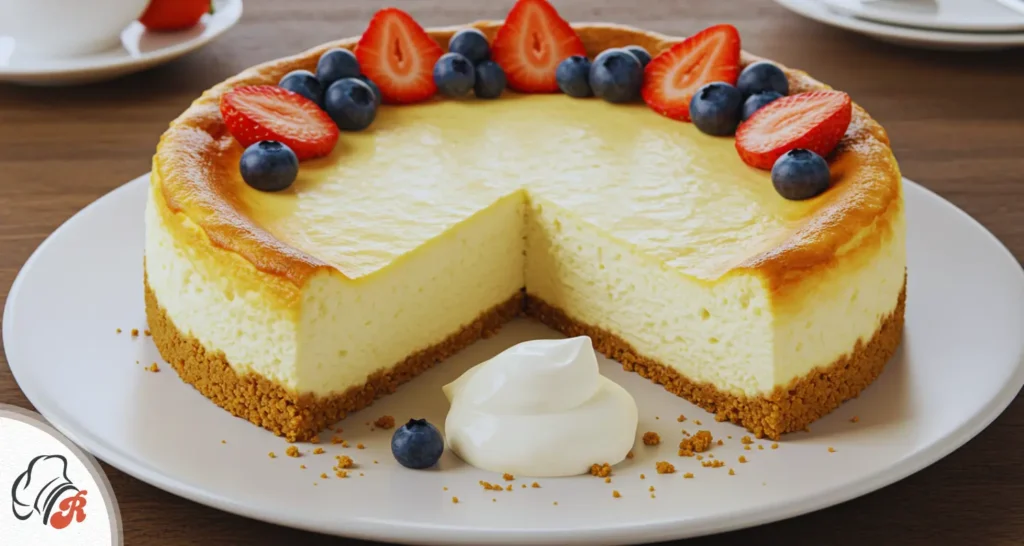
1. The Perfect Crust: Foundation of a Great Cheesecake
The crust is an essential part of any cheesecake, providing both texture and flavor that complement the rich, creamy filling. A traditional graham cracker crust is the perfect choice for a classic cheesecake recipe using Philadelphia cream cheese, as it offers a slightly sweet, buttery crunch that pairs wonderfully with the smooth filling.
To make the crust, simply crush graham crackers into fine crumbs, then mix them with melted butter and a bit of sugar. The sugar helps the crust caramelize while baking, giving it a golden-brown color and enhancing the sweetness. Press the mixture into the base of a springform pan and bake it at 325°F (163°C) for about 10 minutes. This step helps set the crust and ensures it won’t crumble when sliced.
If you prefer a no-bake version, you can also prepare the crust by simply pressing the crumb mixture into the pan and refrigerating it for at least 30 minutes to firm it up. Both methods work well for creating a sturdy base that will hold up to the rich cheesecake filling.
2. Achieving the Perfect Cheesecake Filling
The filling is the heart of the cheesecake, and Philadelphia cream cheese is the key to achieving that perfect, creamy texture. Start with softened cream cheese—this ensures it blends smoothly without lumps. Using full-fat cream cheese is essential for a rich, decadent filling that holds its shape and doesn’t become too runny.
For the classic filling, you’ll need about 3 packs (24 ounces) of Philadelphia cream cheese. Beat it together with sugar, adding about 1 cup of granulated sugar for the perfect sweetness. Be sure to scrape down the sides of the bowl to ensure the mixture is smooth and well-blended.
To this, add eggs, one at a time, beating on low speed to incorporate them gently. Overbeating the eggs can lead to cracks in your cheesecake, so mix just enough to combine the ingredients. For a slightly tangy flavor and extra creaminess, you can add about 1/2 cup of sour cream or heavy cream to the mixture.
Lastly, add vanilla extract for that comforting, familiar flavor that elevates the cheesecake. A teaspoon of vanilla adds depth without overpowering the other ingredients. The final mixture should be smooth and creamy, with no lumps.
3. Baking Your Cheesecake to Perfection
Once your crust is prepared and your filling is ready, it’s time to bake your cheesecake. Preheat your oven to 325°F (163°C), and pour the cheesecake filling into the prepared crust. Smooth the top of the filling with a spatula to ensure an even surface.
Baking a cheesecake can be a delicate process, as it’s important to cook it slowly to avoid cracks. Place the cheesecake on the center rack of the oven and bake for about 45 to 50 minutes. The cheesecake should be nearly firm with a gentle jiggle in the middle. Overbaking it can result in a dry texture, so be sure to keep a close eye on it. If you’re unsure, you can test it by gently tapping the side of the pan—it should remain firm but have a slight jiggle in the center.
To prevent cracks, you can also use a water bath. Place your cheesecake pan in a larger pan filled with hot water, creating steam to help maintain an even temperature while baking. This method helps prevent the cheesecake from drying out and ensures a smooth, crack-free top.
4. Cooling and Chilling Your Cheesecake
Once the cheesecake is done baking, it’s crucial to cool it properly to maintain its texture. Turn off the oven and crack the oven door slightly, allowing the cheesecake to cool gradually for about 1 hour. This helps prevent the sudden temperature change that can cause the cheesecake to crack.
After the cheesecake has cooled at room temperature, transfer it to the refrigerator and chill it for at least 4 hours, but preferably overnight. Chilling the cheesecake allows it to set fully, making it easier to slice and ensuring that the filling is firm and creamy. The flavors also have a chance to meld together, resulting in a more balanced and flavorful cheesecake.
5. Serving and Topping Your Classic Cheesecake
While a classic cheesecake made with Philadelphia cream cheese is delicious on its own, you can easily customize it with toppings that add extra flavor and visual appeal. Fresh fruit such as strawberries, raspberries, or blueberries is a classic choice. A light drizzle of chocolate syrup or caramel sauce can also be added for a more indulgent twist.
For a more decadent finish, you can add a generous dollop of whipped cream on top, or even a sprinkle of chopped nuts for added texture. If you prefer a more traditional touch, you could make a fruit compote by simmering fresh fruit with a bit of sugar and lemon juice until it thickens, then spoon it over the cheesecake for a tangy-sweet contrast.
Slice the cheesecake carefully with a sharp knife, cleaning the blade between slices to keep the edges neat and smooth. A well-made classic cheesecake is rich, creamy, and a real showstopper on any dessert table.




